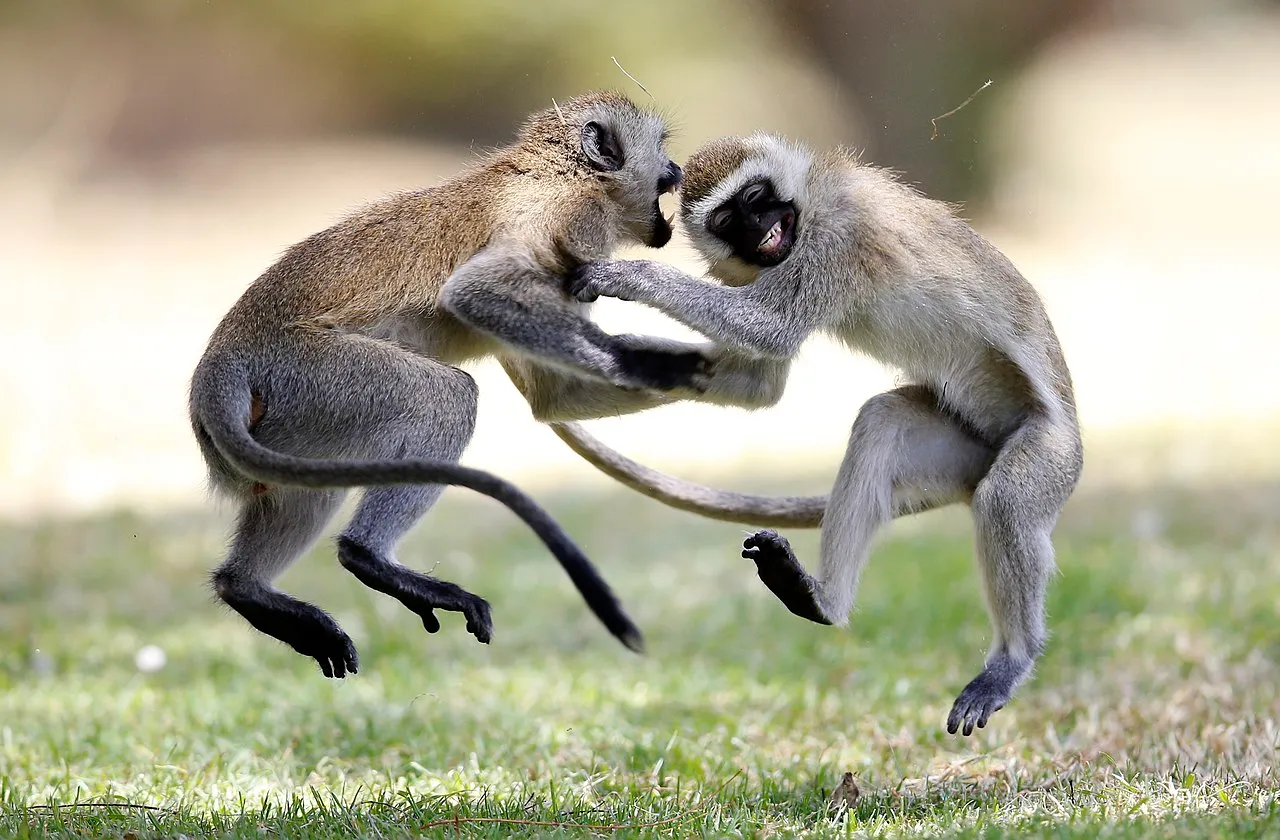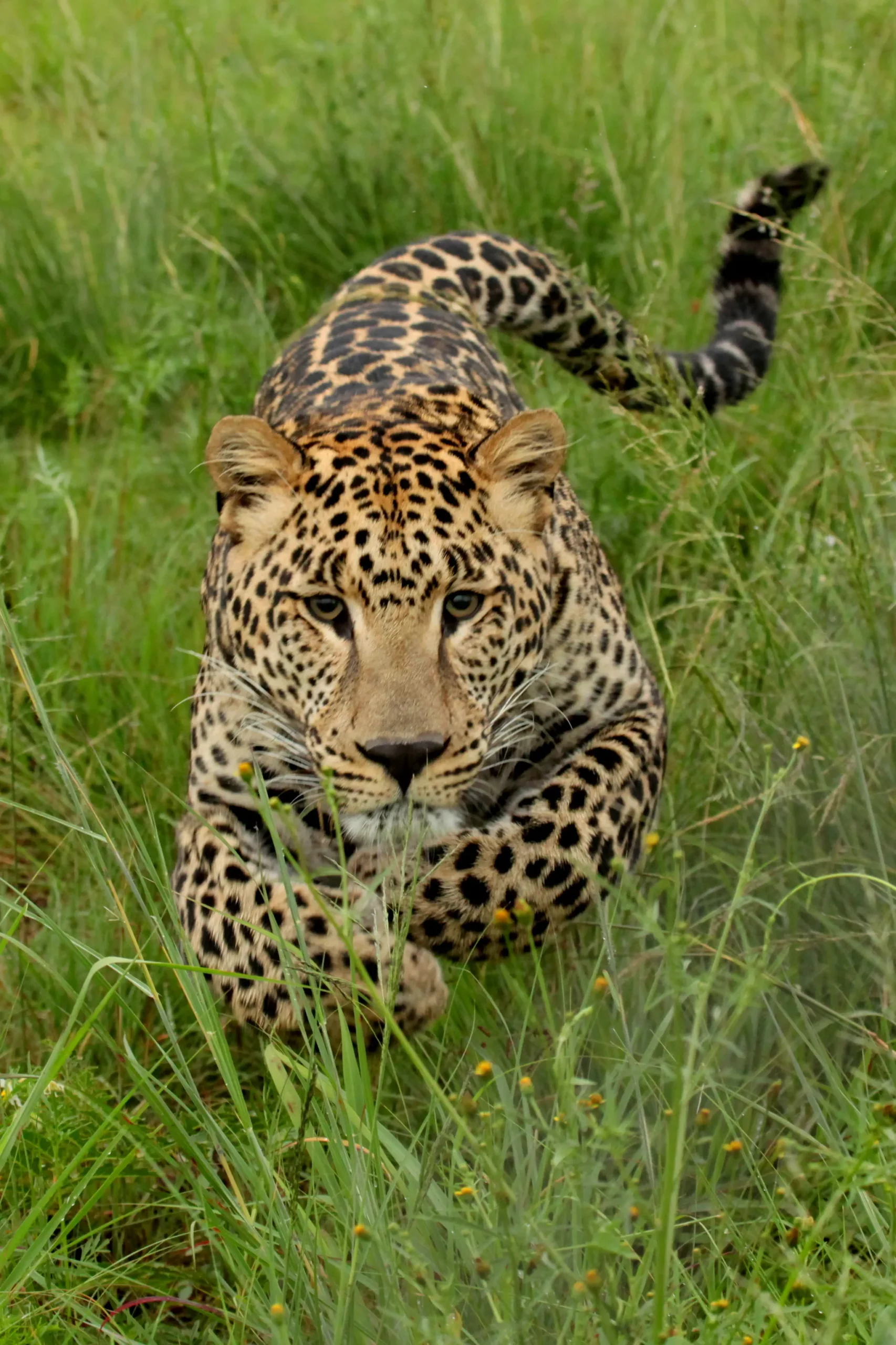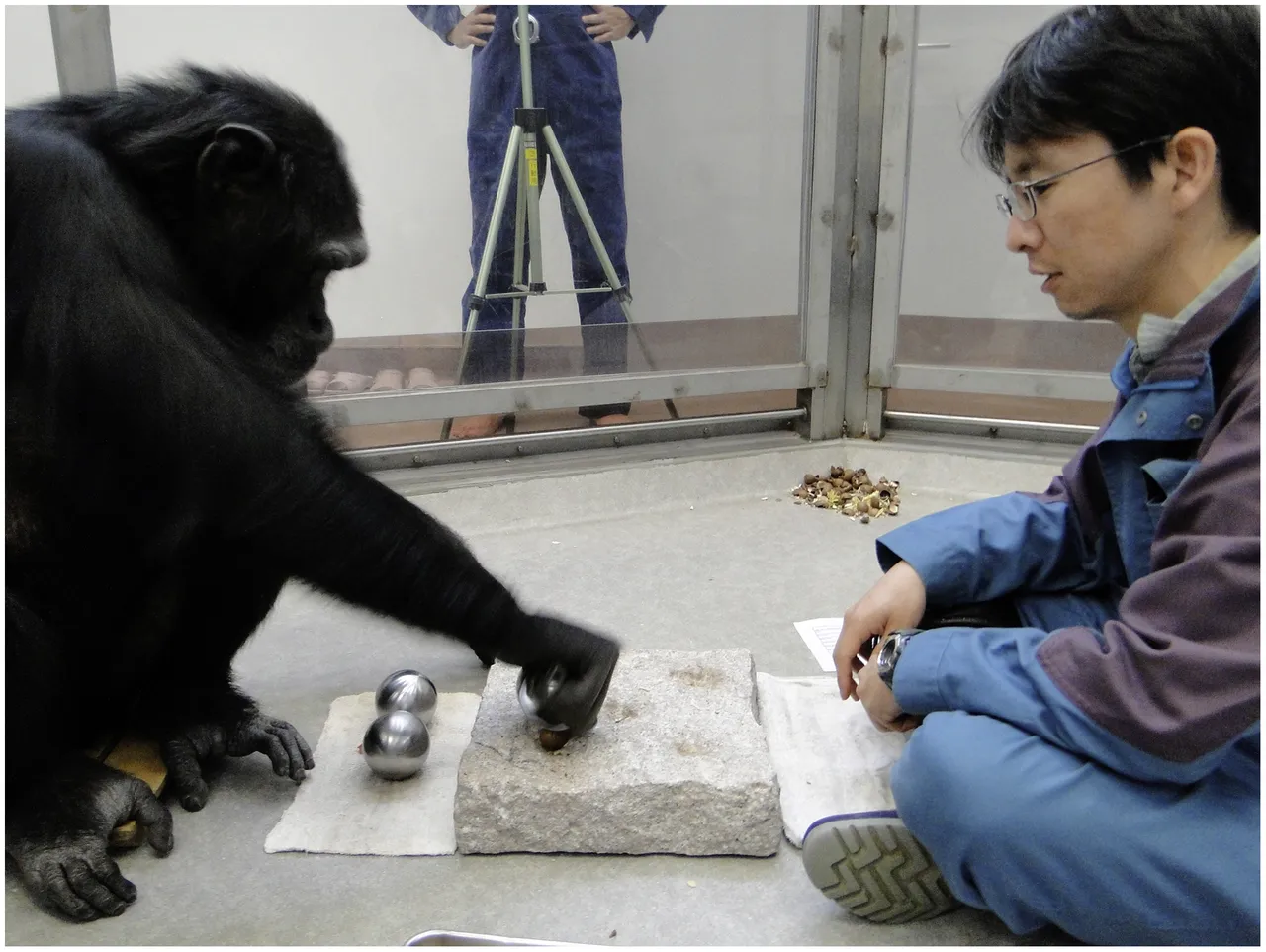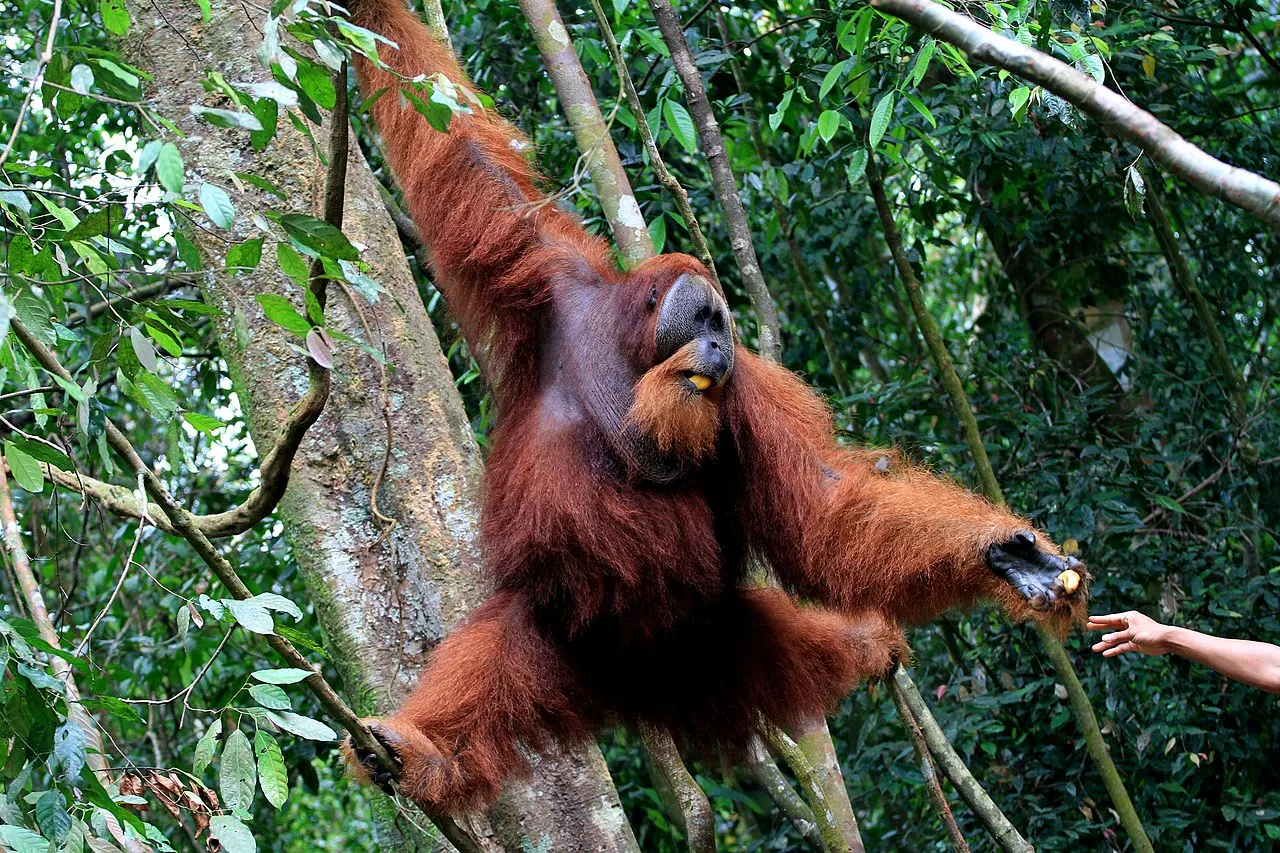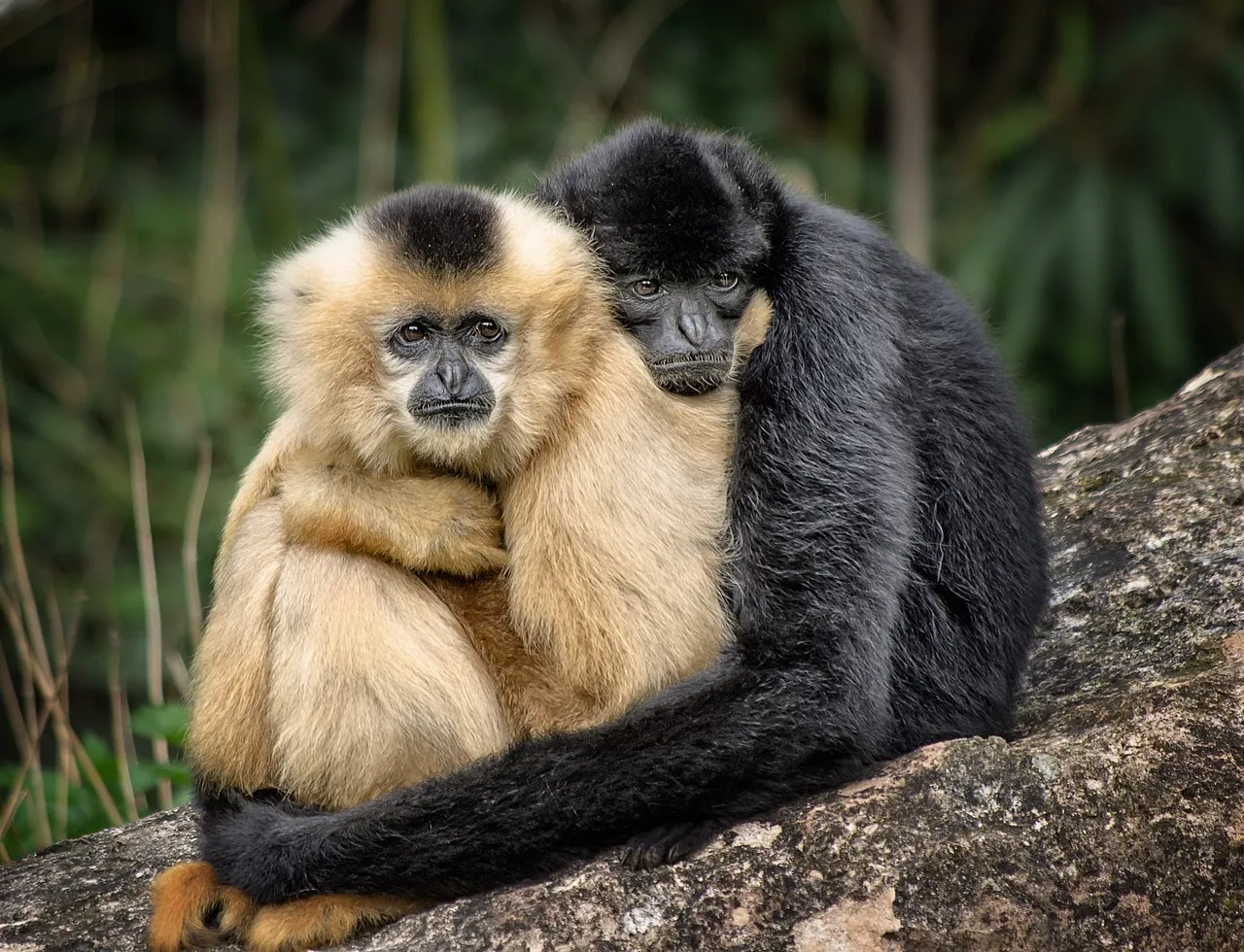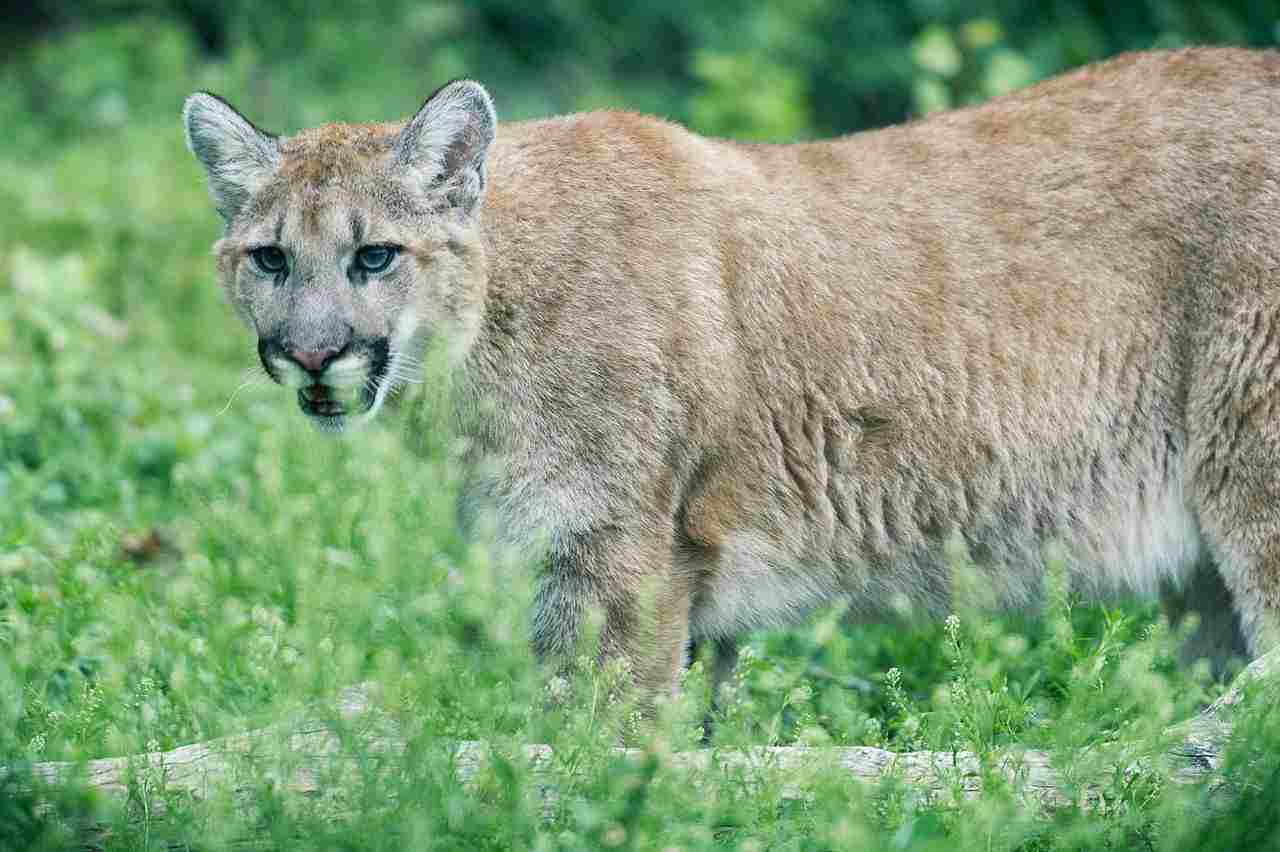Chimpanzee Vs Lion Fight Prediction, Overall Comparison
Exploring the clash between chimpanzees and lions delves into a captivating scenario, comparing the intelligence, strength, and aggression of these distinct species.
I. Strength and Power:
– Lions exhibit unparalleled speed, stealth, and raw power, far exceeding the capabilities of chimpanzees. With the ability to run at 50 mph and weighing up to 400+ pounds, a male lion’s physical attributes outmatch those of chimpanzees. The larger and more robust build of lions makes them formidable in the realm of strength.
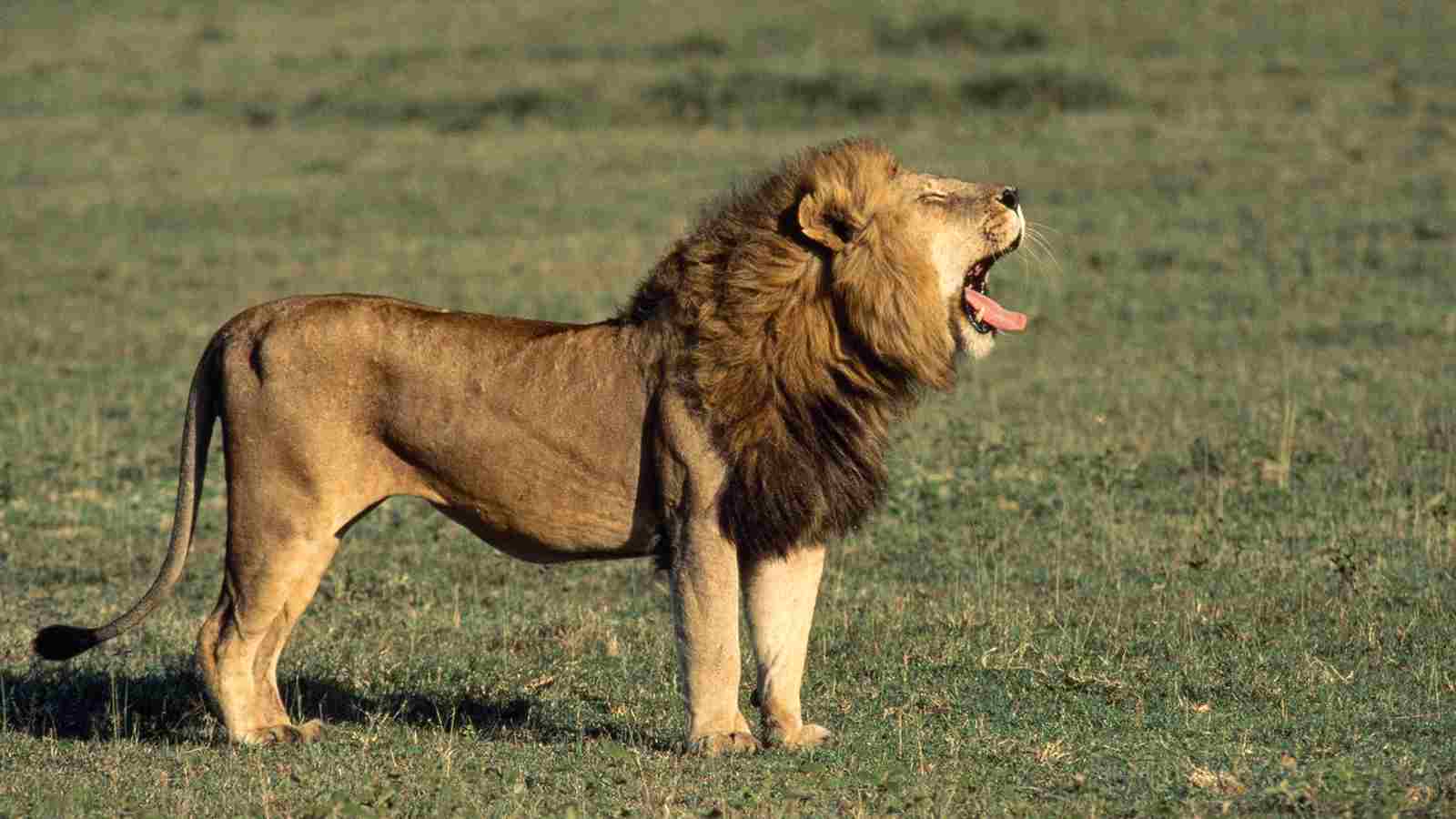
II. Intelligence:
– Chimpanzees are celebrated for their intelligence and powerful cognitive abilities. However, in a direct comparison, the lion’s predatory instincts and strategic hunting prowess showcase a different form of intelligence. Lions demonstrate acute awareness in their environment, employing tactics for hunting and survival.
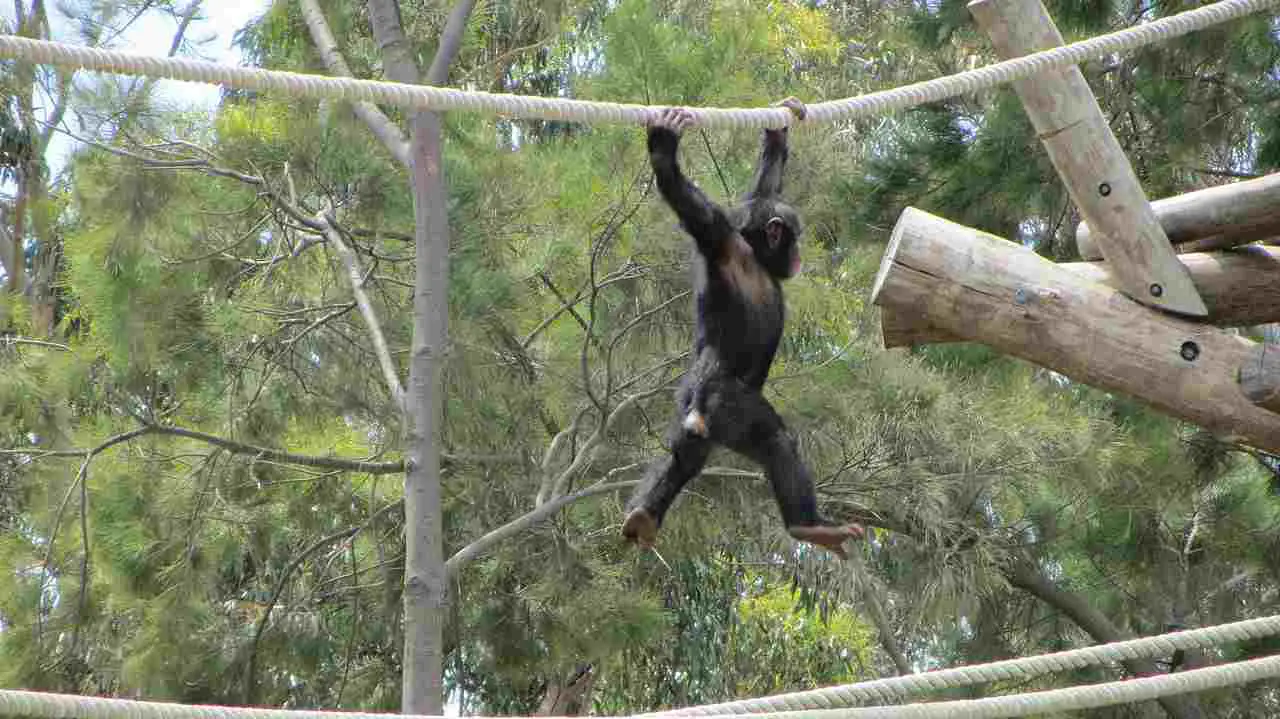
III. Aggression:
– While chimpanzees are known for their territorial behaviors and group dynamics, lions epitomize aggression in the context of hunting and defending their pride. Lions possess a killer instinct, honed through millennia of evolution as apex predators, making them formidable contenders in aggression.
IV. Chimpanzee vs Lion Who Will Win: Fight Prediction
– In a real-life fight, the lion’s superior size, strength, and predatory instincts would overwhelmingly tip the scales. The speed and agility of chimpanzees, while remarkable, would not be sufficient to overcome the lion’s formidable physical advantages. A lion’s hunting experience and efficient weaponry position it as the dominant force in this encounter.

V. Scientific Perspectives:
– Scientifically, no confirmed reports exist of lions predating on wild chimpanzees. The evolutionary divergence between these species has led to distinct adaptations, with lions specializing in predation and chimpanzees thriving in their unique social structures.
*Details of Comparison
| Criteria | Chimpanzee | Lion |
| Taxonomy | Order Primates, Family Hominidae, Genus Pan, Species P. troglodytes |
Order Carnivora, Family Felidae, Genus Panthera, Species P. leo
|
| Appearance | Coarse black hair, human-like face, expressive eyes |
Golden-yellow fur, distinctive mane in males, robust body
|
| Size | 3-4 feet tall, 70-130 pounds |
Females 3-4 feet, males 4.5-6.5 feet tall, 220-420 pounds
|
| Weight | 60-130 pounds |
Females 220-310 pounds, males 265-420 pounds
|
| Dentition & Bite Force | Omnivorous dentition, ~1,000 PSI |
Carnivorous dentition, 650-700 PSI
|
| Physical Offensive Advantages | Agility, tool use |
Strong jaws, cooperative hunting
|
| Physical Defensive Advantages | Climbing, social structure |
Retractable claws, group defense
|
| Speed | Up to 40 km/h | 50-65 km/h |
| Agility | Tree-climbing, nimble on the ground |
Swift maneuvers for hunting
|
| Senses | Excellent eyesight, acute hearing, developed sense of touch or smell |
Excellent eyesight, acute hearing, developed sense of smell
|
| Overall Physical Capacity | Adaptable, tool use |
Specialized for terrestrial hunting, cooperative strategies
|
| Habitat Preference & Region | Rainforests, Central and West Africa |
Grasslands, savannas, Africa, and historically in parts of Asia
|
| Tracks | Hand-like footprints, opposable big toes |
Paw prints, retractable claws
|
| Lifespan | 40-60 years | 10-14 years |
| Mode of Feeding | Omnivores, diverse diet |
Carnivores, primarily large ungulates
|
| Intelligence | Highly intelligent, tool use |
Social intelligence, simpler problem-solving
|
| Social Behavior | Communities, complex hierarchies |
Prides, cooperative hunting
|
| Reproduction | Polygamous mating, varying gestation periods |
Polygamous mating, varying gestation periods
|
| Parental Behavior | Extensive maternal care, social learning |
Cooperative parenting in prides
|
| Proximity to Human Areas | Affected by human activities, leading to habitat loss and conflicts |
Affected by human activities, leading to habitat loss and conflicts
|
| Behavior Toward Humans | Cautious approach, potential risks |
Cautious approach, potential risks
|
| Danger Posed to Humans | Can pose risks, influenced by specific circumstances |
Can pose risks, influenced by specific circumstances
|
| Associated Precautions | Require responsible interaction, following safety guidelines |
Require responsible interaction, following safety guidelines
|
| Conservation Status | Endangered | Vulnerable |
Key Points
Similarities:
-
- Integral roles in ecosystems.
- Conservation challenges: habitat loss, human-wildlife conflict.
Differences:
-
- Ecological niches, social structures, reproductive strategies differ.
- Varied interactions with humans impact their ecological roles.
1. Taxonomy
Chimpanzee (Pan troglodytes):
Kingdom: Animalia
Phylum: Chordata
Class: Mammalia
Order: Primates
Family: Hominidae
Genus: Pan
Species: P. troglodytes
Lion (Panthera leo):
Kingdom: Animalia
Phylum: Chordata
Class: Mammalia
Order: Carnivora
Family: Felidae
Genus: Panthera
Species: P. leo
2. Appearance
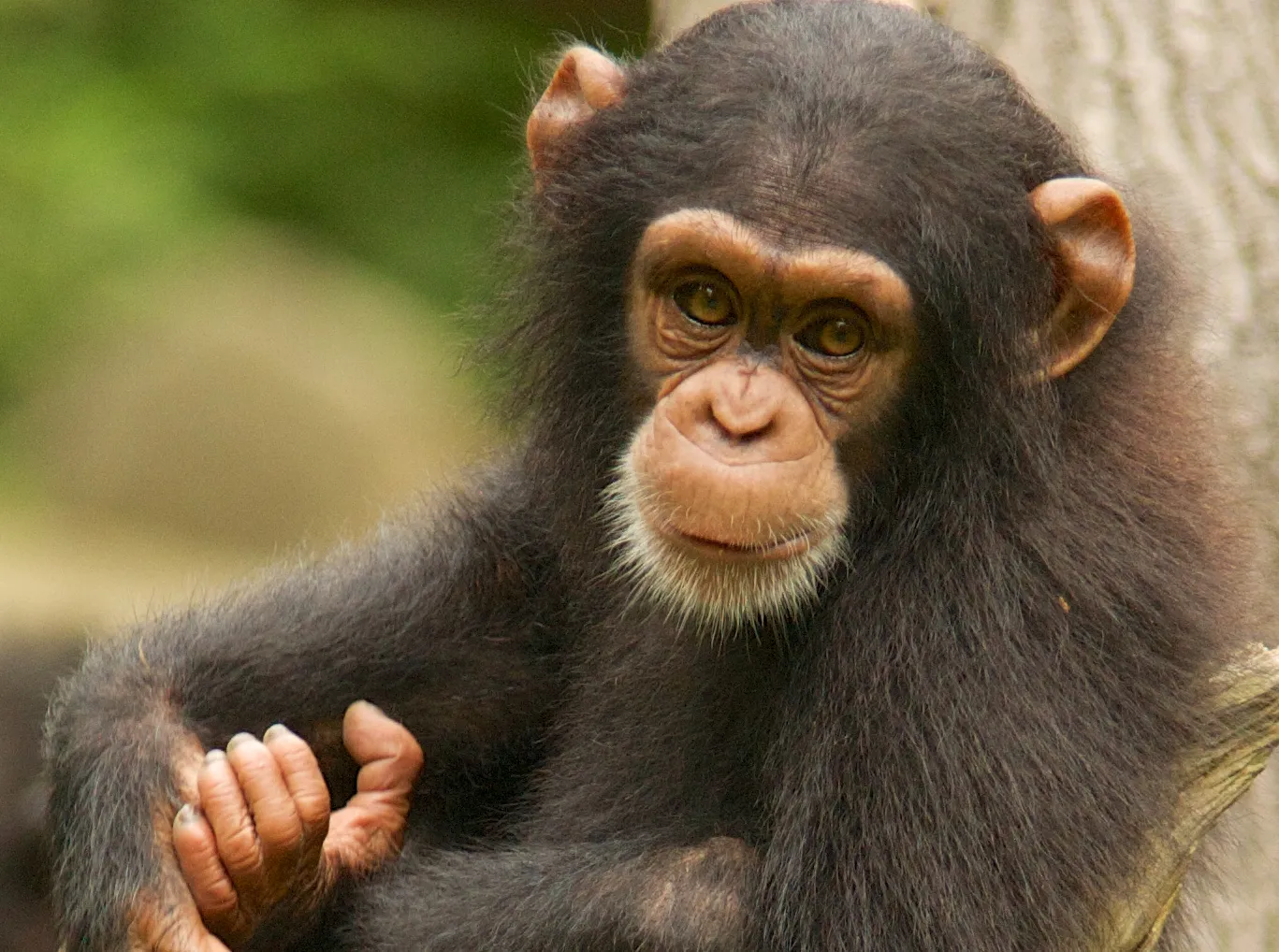
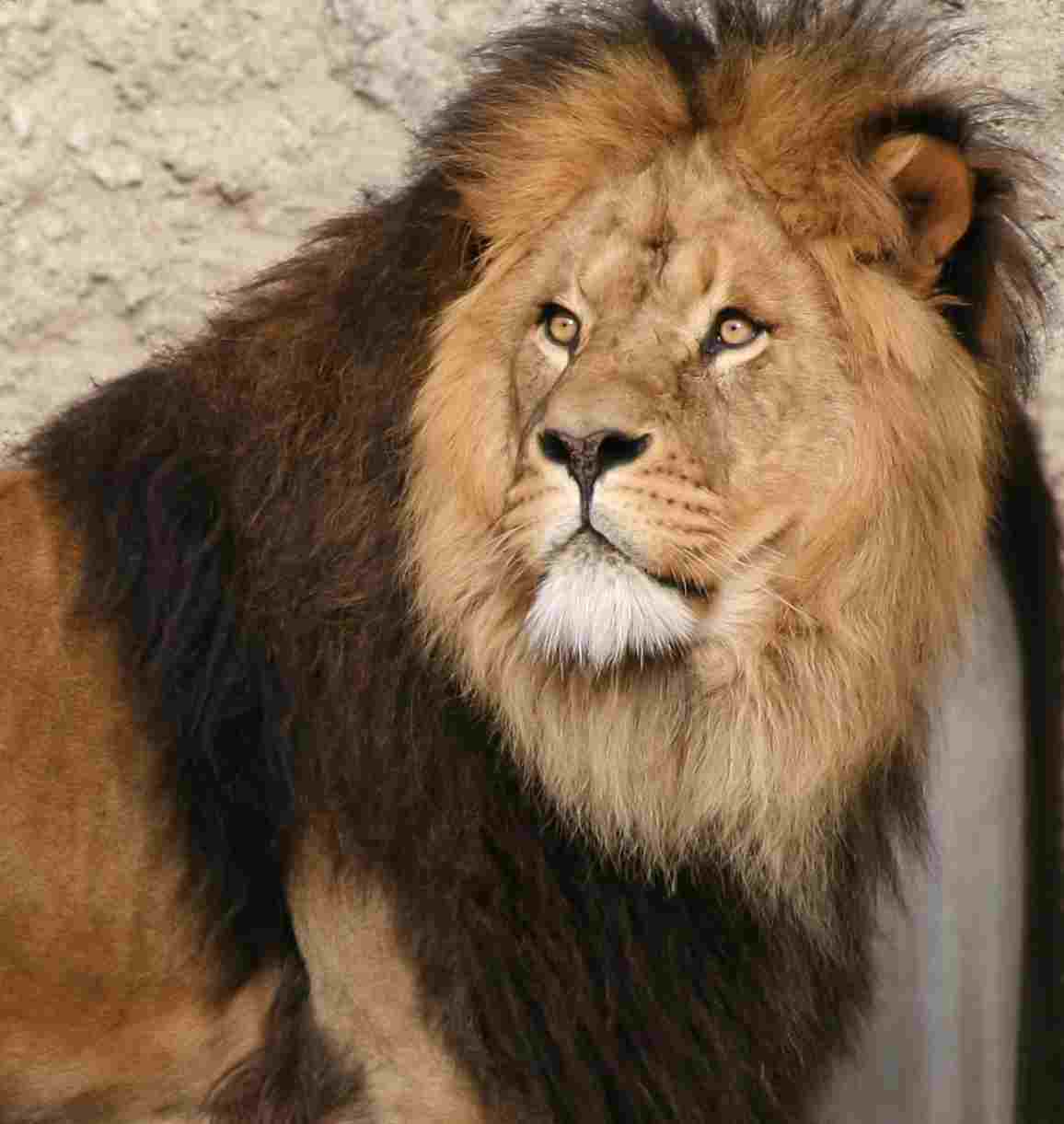
Chimpanzee:
Covered in coarse black hair, with exposed skin on face, palms, and soles.
Facial features resemble humans, with expressive eyes and a prominent brow ridge.
Limbs are long and adapted for both tree-climbing and terrestrial movement.
Lion:
Golden-yellow fur with a distinctive mane in males; females lack a mane.
Robust body with a broad head and powerful jaws.
Prominent eyes and ears contribute to acute senses.
Comparison:
Chimpanzees have a more human-like appearance, while lions exhibit a distinct feline appearance with gender-based mane differences.
Ecological Implications:
Camouflage for chimpanzees in dense forests; the lion’s mane serves both protective and visual communication purposes in the savannah.
3. Size
Chimpanzee:
Height: Approximately 3 to 4 feet when standing upright.
Weight: 70 to 130 pounds.
Lion:
Height: 3 to 4 feet at the shoulder for females, 4.5 to 6.5 feet for males.
Weight: 265 to 420 pounds for males; 220 to 310 pounds for females.
Comparison:
Lions are significantly larger than chimpanzees, both in height and weight.
Ecological Implications:
Size influences their role in the ecosystem; lions as apex predators, and chimpanzees as omnivores with a diverse diet.
4. Weight
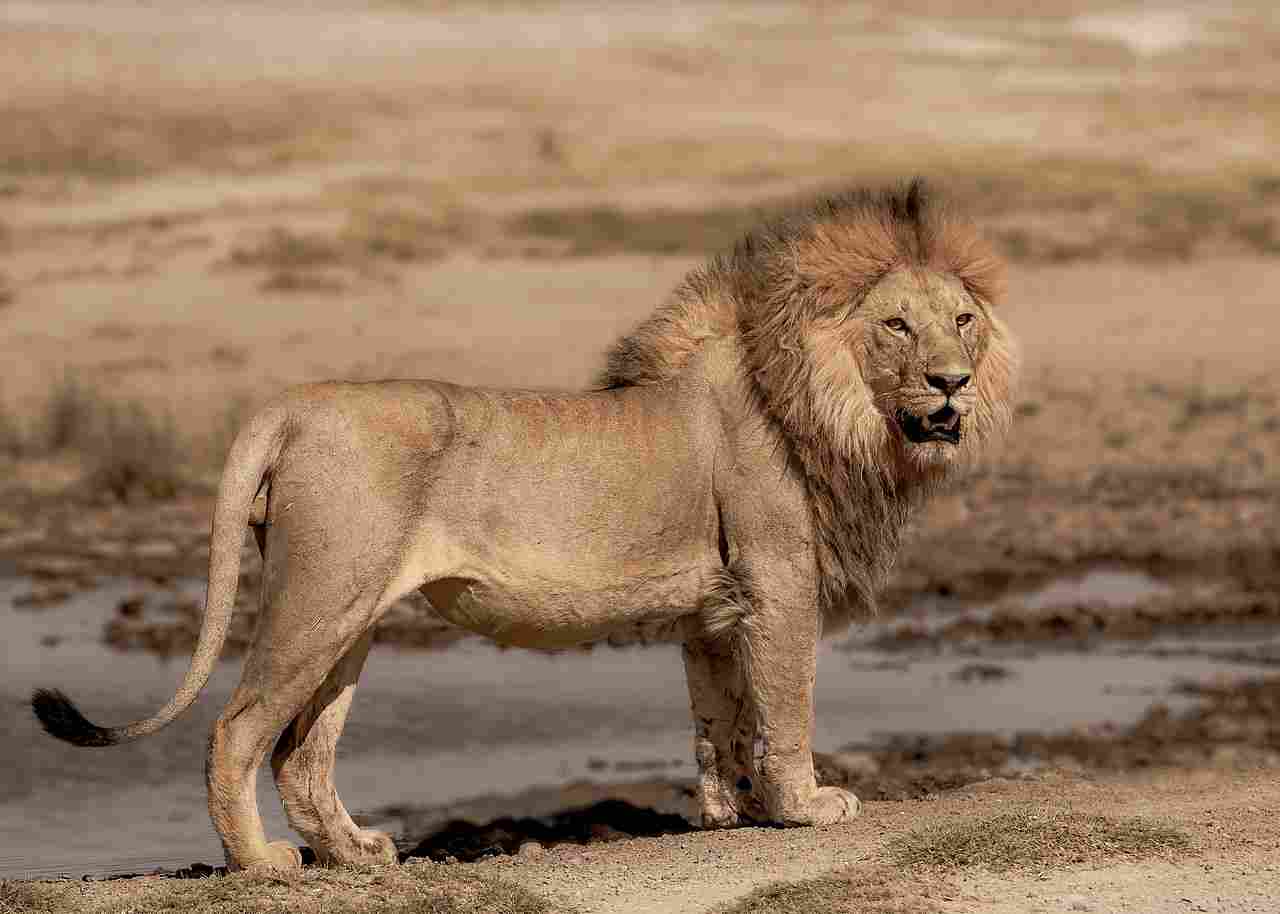
Chimpanzee:
Adult males: 90 to 130 pounds.
Adult females: 60 to 110 pounds.
Lion:
Adult males: 265 to 420 pounds.
Adult females: 220 to 310 pounds.
Comparison:
Lions have a substantially higher weight range compared to chimpanzees.
Ecological Implications:
Weight affects hunting strategies, with lions relying on strength for predation, while chimpanzees use agility for foraging.
5. Dentition and Bite Force (PSI)
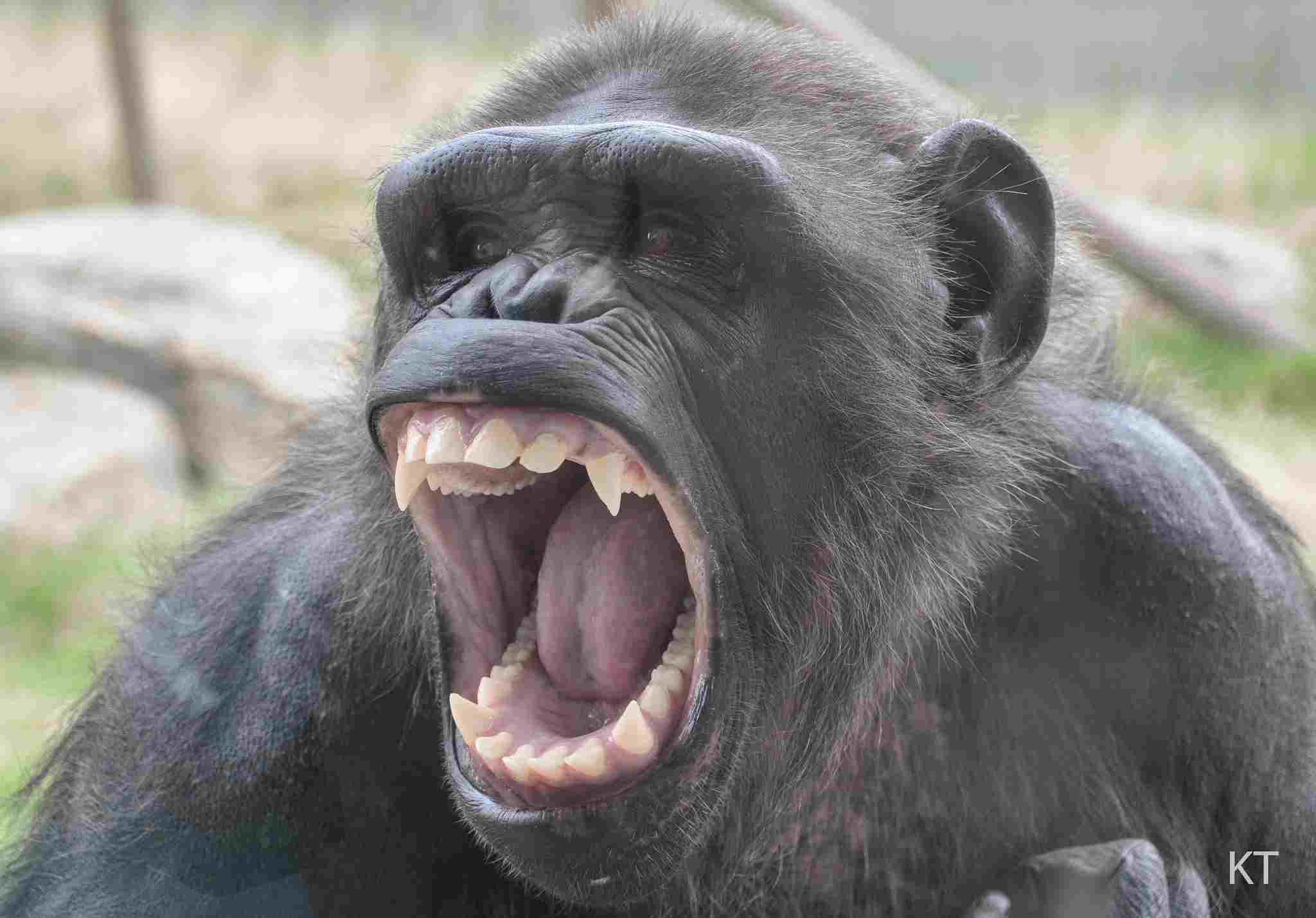
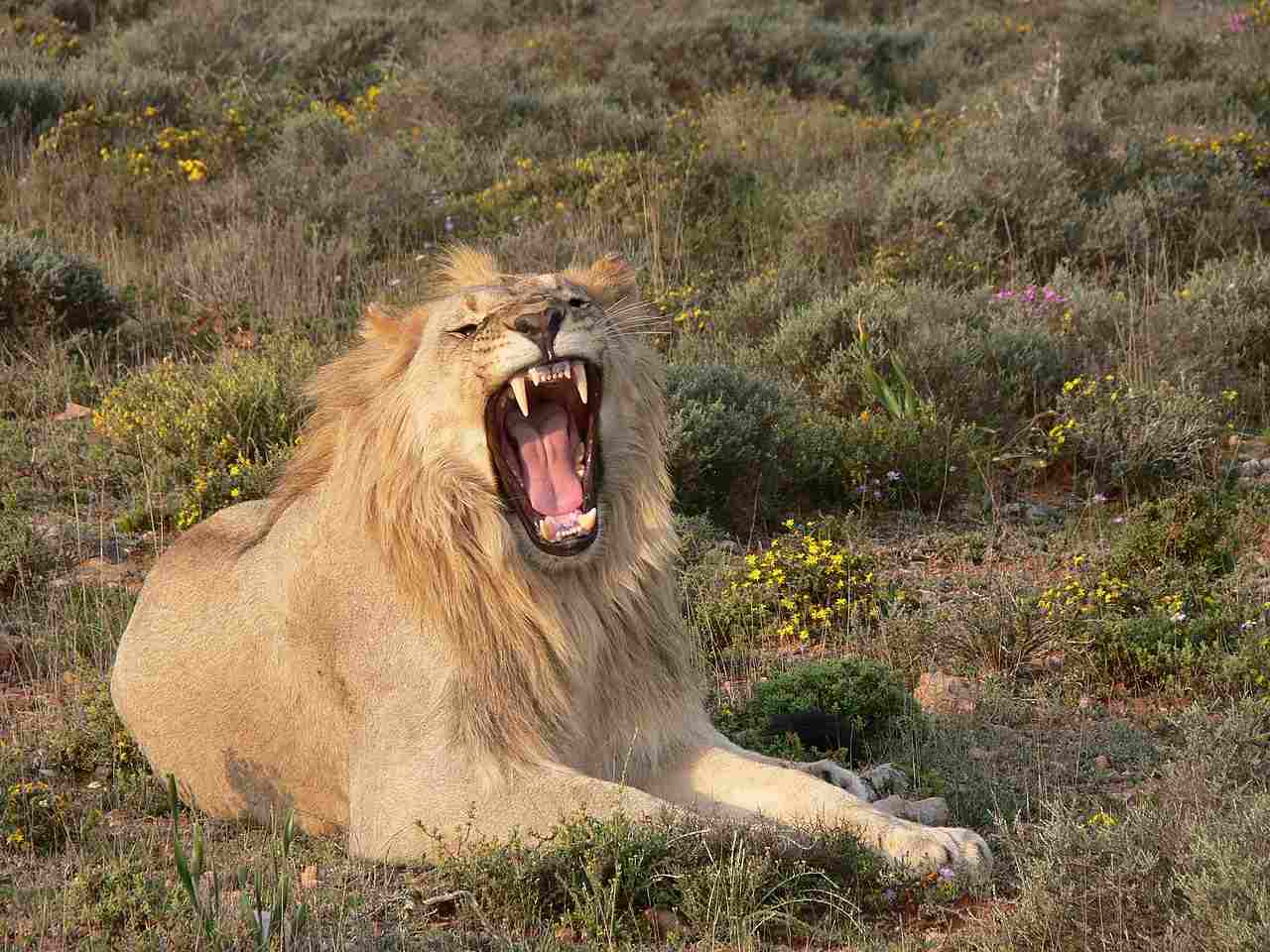
Chimpanzee:
Dentition: Omnivorous dentition with sharp incisors and canines for tearing flesh and molars for grinding plant material.
Bite Force: Estimated around 1,000 PSI.
Lion:
Dentition: Carnivorous dentition with sharp, slicing carnassial teeth for meat consumption.
Bite Force: Around 650 to 700 PSI.
Comparison:
Lions have specialized carnivorous dentition, while chimpanzees have a more versatile omnivorous dental structure.
Ecological Implications:
Different bite forces and tooth structures reflect their distinct dietary preferences and hunting techniques.
6. Physical Offensive Advantages
Chimpanzee:
Powerful upper body strength and agility.
Use of tools and objects as weapons in social interactions and hunting.
Lion:
Strong jaw muscles and sharp claws for grasping and subduing prey.
Cooperative hunting in prides enhances success in taking down larger prey.
Comparison:
Chimpanzees rely on agility and tools, while lions employ a coordinated group strategy for hunting.
Ecological Implications:
Different offensive strategies impact prey selection and overall ecosystem dynamics.
7. Physical Defensive Advantages
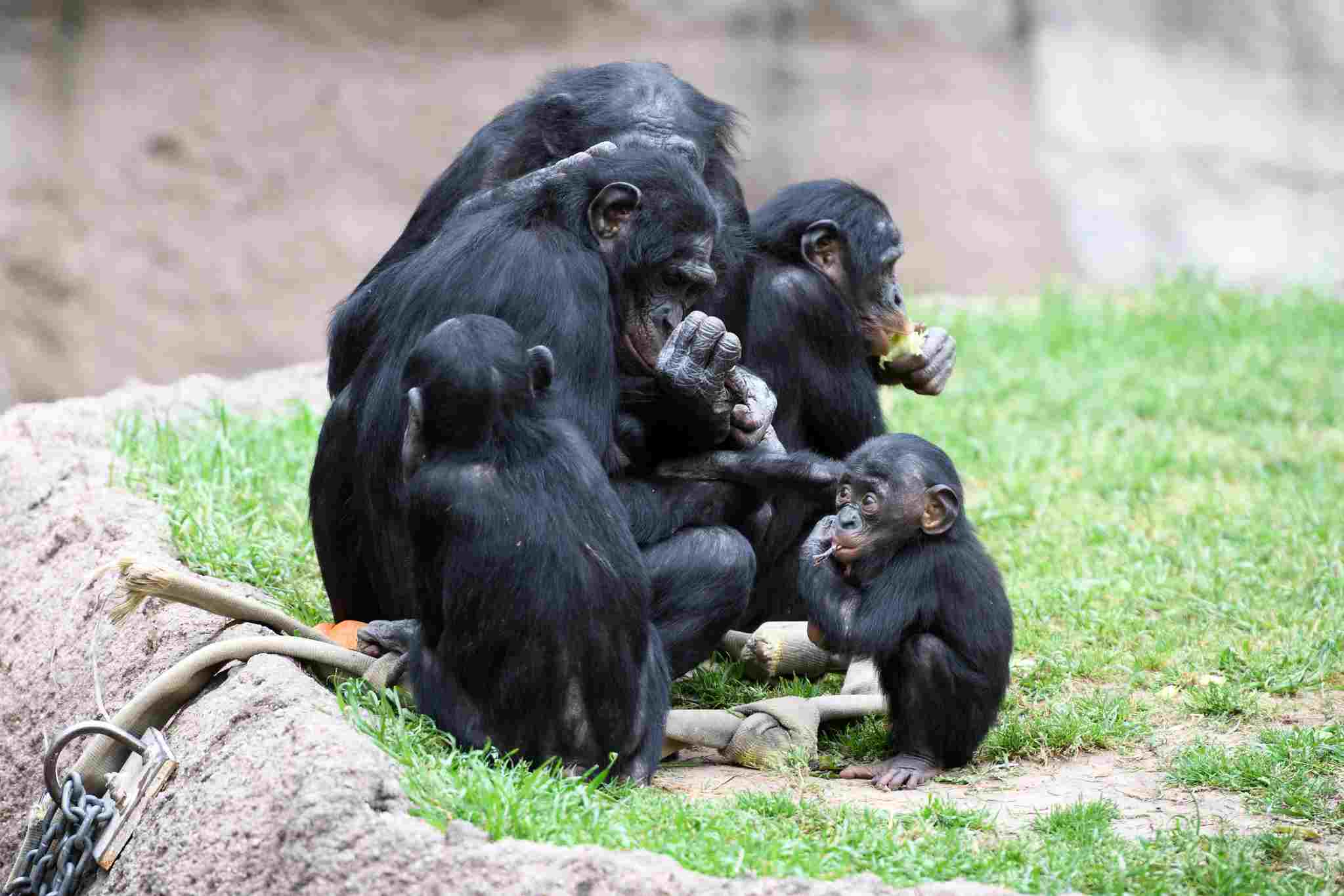
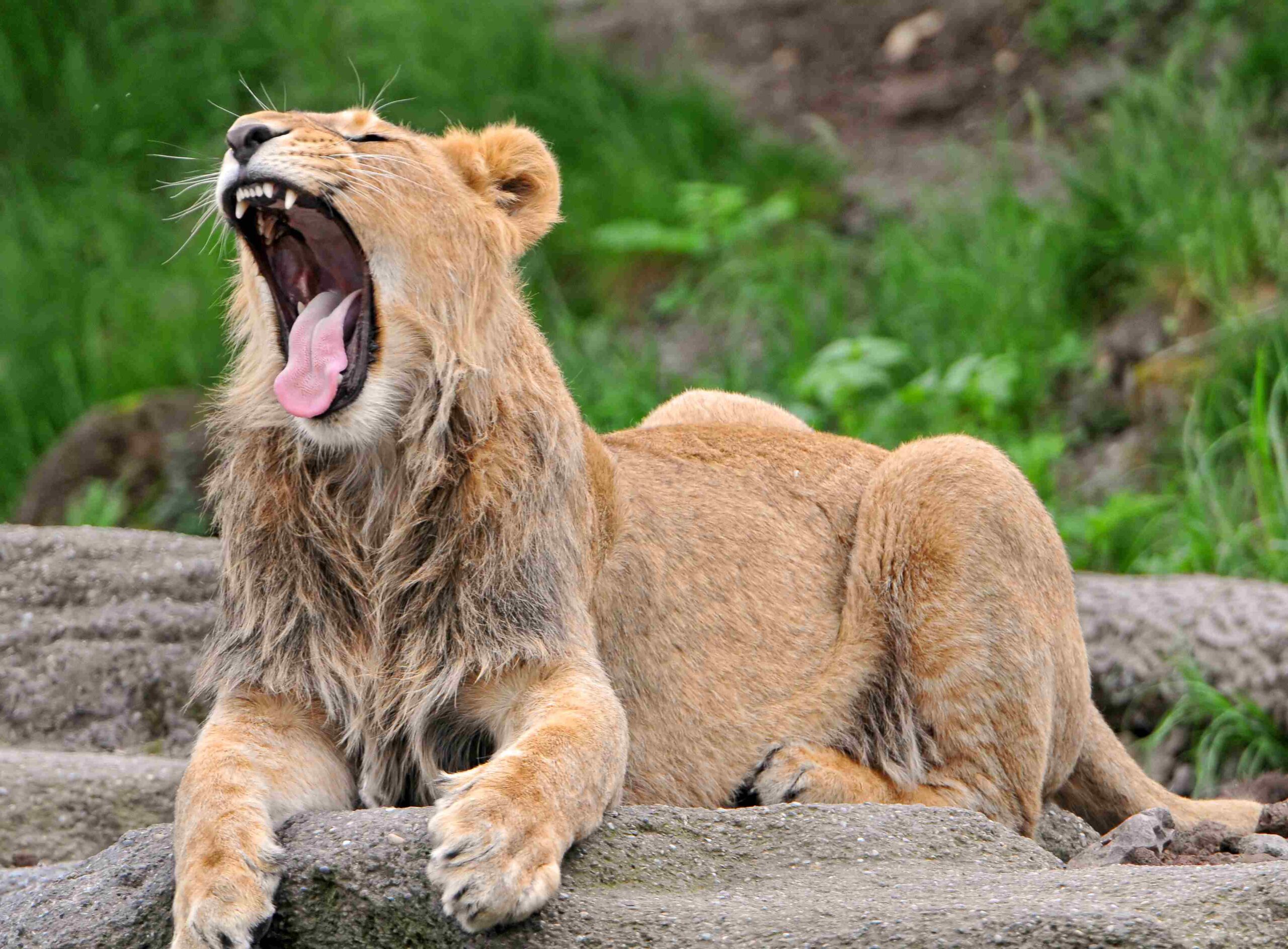
Chimpanzee:
Climbing abilities for escaping predators.
Social structure and cooperation as a defense mechanism against threats.
Lion:
Sharp retractable claws and agility for evading danger.
Group defense in prides, especially when protecting cubs.
Comparison:
Chimpanzees utilize trees and social structures for defense, whereas lions depend on agility and group cohesion.
Ecological Implications:
Defensive mechanisms contribute to their survival strategies within their respective habitats.
8. Speed (Km/hour or Mile/hour)
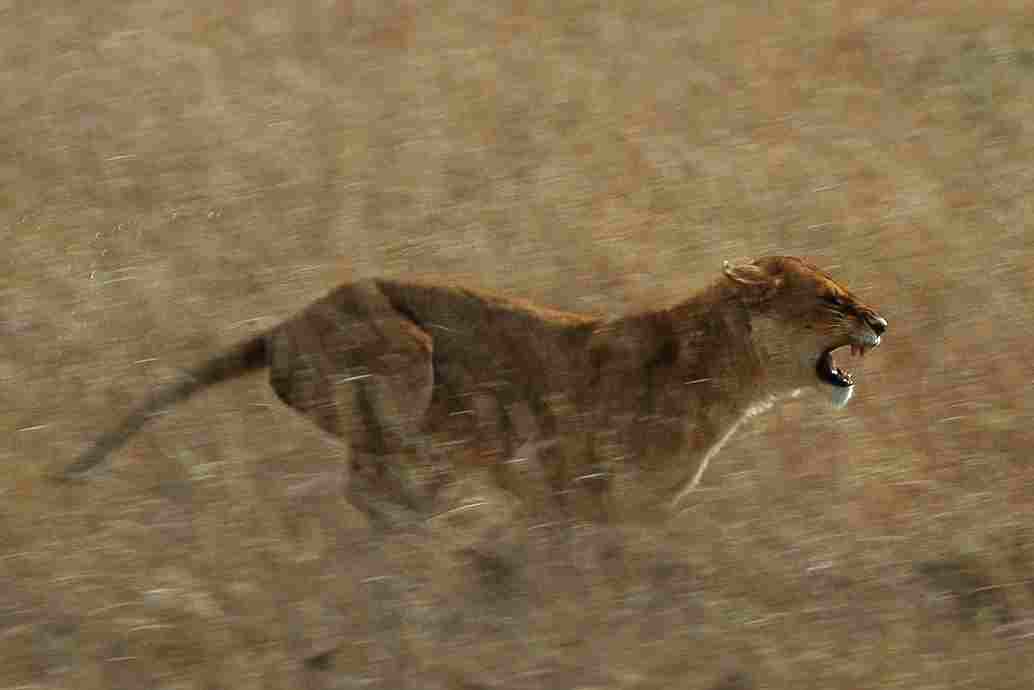
Chimpanzee:
Can reach speeds up to 40 km/h (25 mph) in short bursts.
Lion:
Can sprint at speeds of 50 to 65 km/h (31 to 40 mph).
Comparison:
Lions are faster runners than chimpanzees.
Ecological Implications:
Speed influences hunting success and evasion of predators; lions use speed in coordinated chases, while chimpanzees rely on agility in trees.
9. Agility
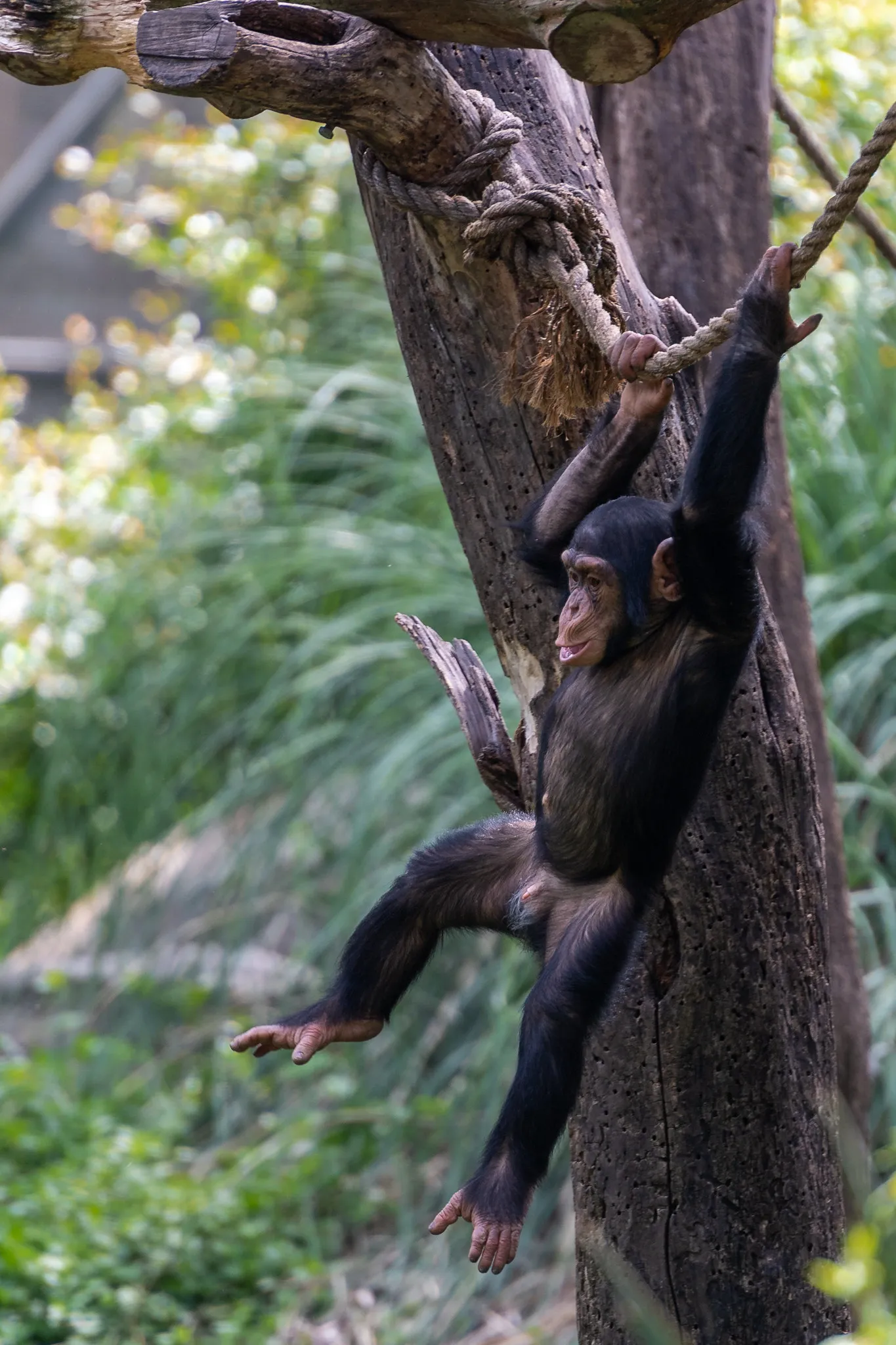
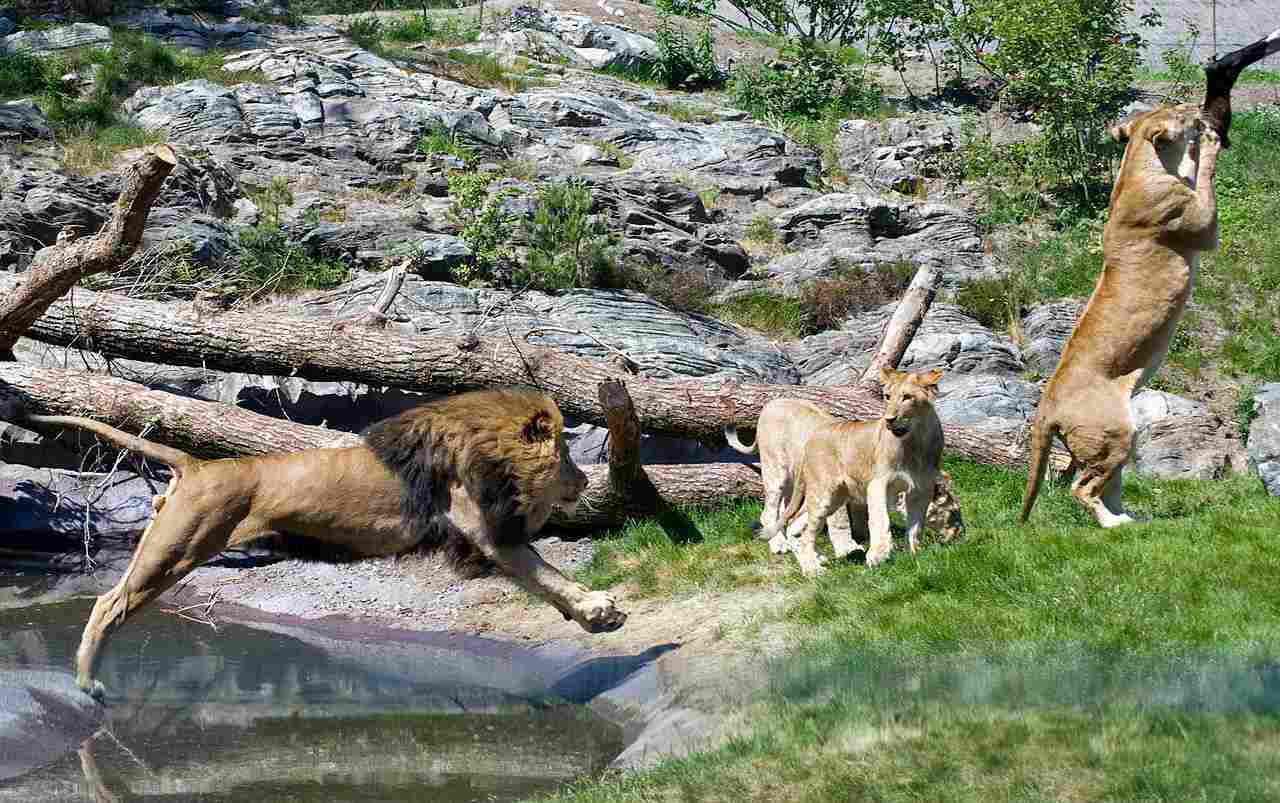
Chimpanzee:
Exceptional tree-climbing abilities and brachiation.
Nimble movements on the ground, enabling quick navigation through varied terrain.
Lion:
Agile and capable of swift maneuvers, crucial for hunting and avoiding danger.
Comparison:
Both species exhibit high levels of agility, albeit in different environments.
Ecological Implications:
Agility contributes to survival strategies, influencing hunting techniques, and navigating their respective habitats.
10. Senses
Chimpanzee:
Excellent eyesight for both day and night vision.
Acute hearing to detect sounds in the environment.
Well-developed sense of touch, particularly in the hands.
Lion:
Exceptional eyesight for low-light conditions.
Keen sense of hearing to detect prey and potential threats.
Well-developed sense of smell for tracking and identifying scents.
Comparison:
Both species possess heightened senses, with variations suited to their habitats and lifestyles.
Ecological Implications:
Senses play a vital role in locating food, avoiding predators, and maintaining social bonds within their ecosystems.
11. Overall Physical Capacity
Chimpanzee:
Adaptable and versatile in both arboreal and terrestrial environments.
Utilizes tools for various purposes, showcasing cognitive and physical dexterity.
Lion:
Specialized for terrestrial environments with powerful limbs and a strong body.
Cooperative hunting and social structure enhance overall predatory capabilities.
Comparison:
Chimpanzees demonstrate versatility, while lions exhibit specialized adaptations for terrestrial hunting.
Ecological Implications:
Overall physical capacity influences their ecological roles, from foraging strategies to hunting techniques.
12. Habitat Preference(s) and Geographic Region
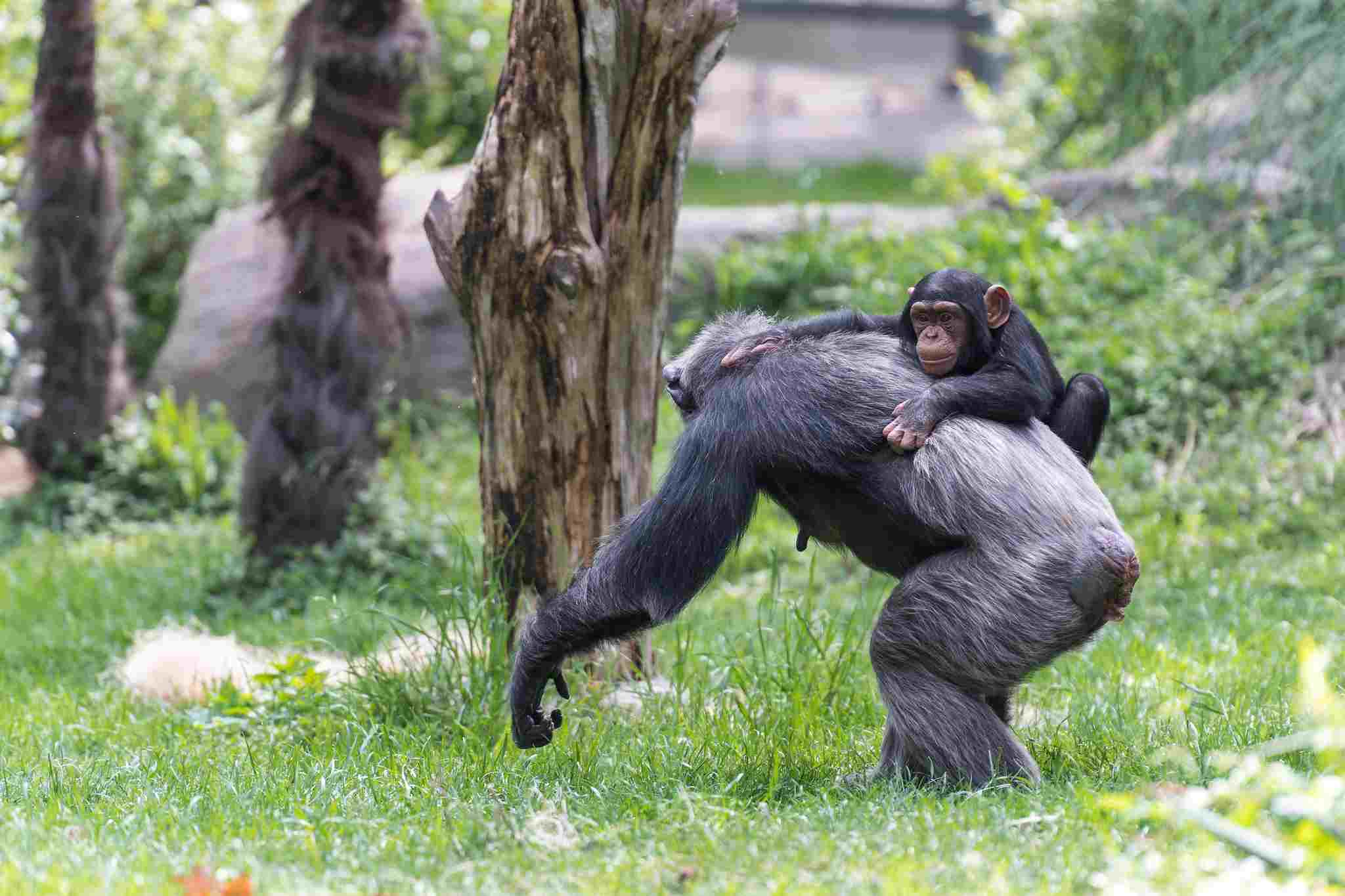
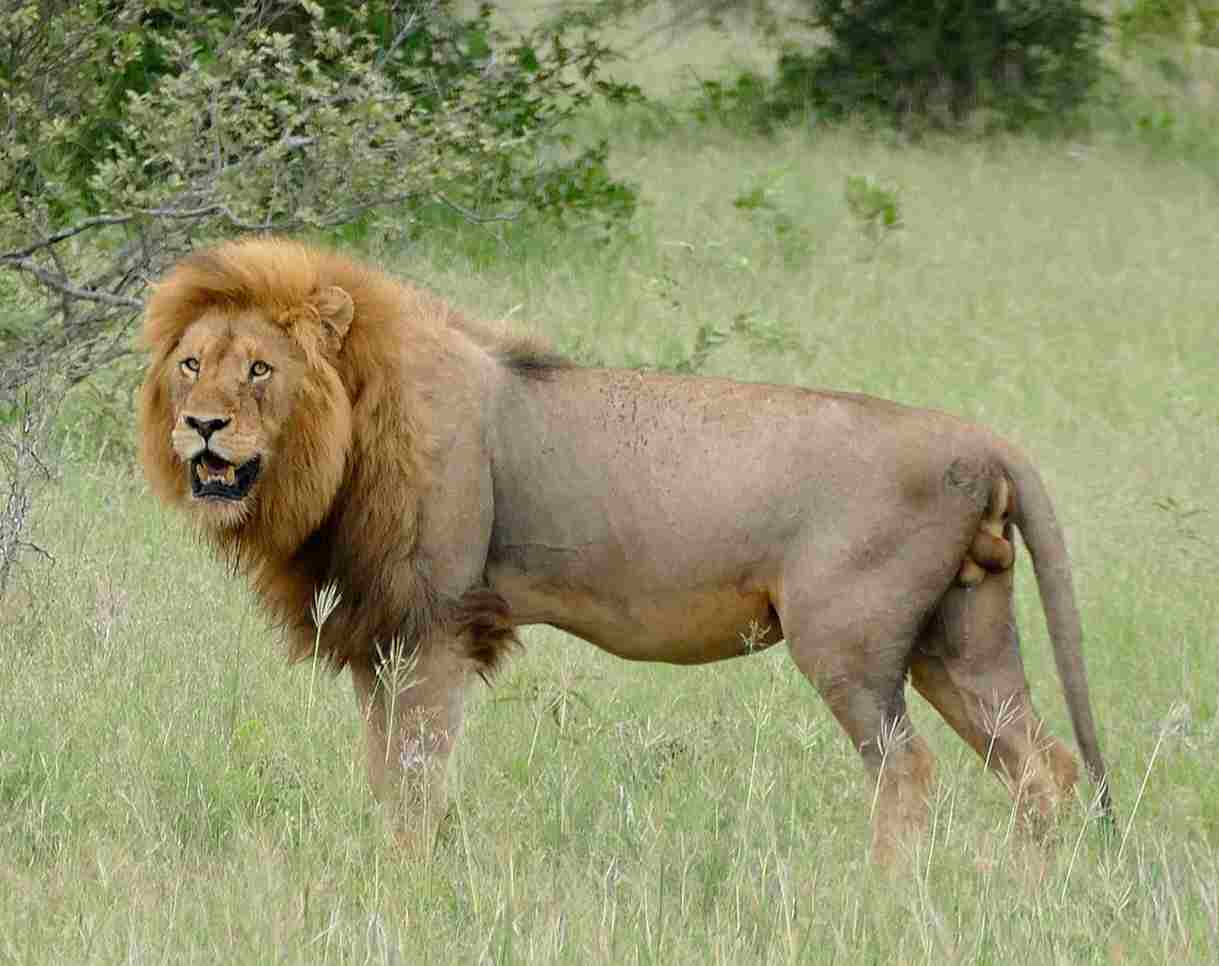
Chimpanzee:
Prefers tropical rainforests, savannas, and woodlands.
Found in Central and West Africa.
Lion:
Prefers grasslands, savannas, and open woodlands.
Historically found in various regions of Africa, and some parts of Asia.
Comparison:
While both species share some habitat preferences, they adapt to different ecological niches within these ecosystems.
Ecological Implications:
Habitat preferences impact their interactions with other species and contribute to ecosystem dynamics.
13. Tracks
Chimpanzee:
Hand-like footprints with opposable big toes.
Often shows evidence of climbing, reflecting arboreal behavior.
Lion:
Paw prints with retractable claws visible in tracks.
Typically larger and more symmetrical than chimpanzee prints.
Comparison:
Track morphology reflects their distinct anatomical features and locomotion styles.
Ecological Implications:
Tracking provides insights into their movement patterns, territorial behavior, and potential interactions with other species.
14. Lifespan
Chimpanzee:
Typically 40 to 60 years in the wild.
Lion:
Average lifespan of 10 to 14 years in the wild.
Comparison:
Chimpanzees have a significantly longer lifespan than lions.
Ecological Implications:
Lifespan affects population dynamics and reproductive strategies within their respective ecosystems.
15. Mode of Feeding
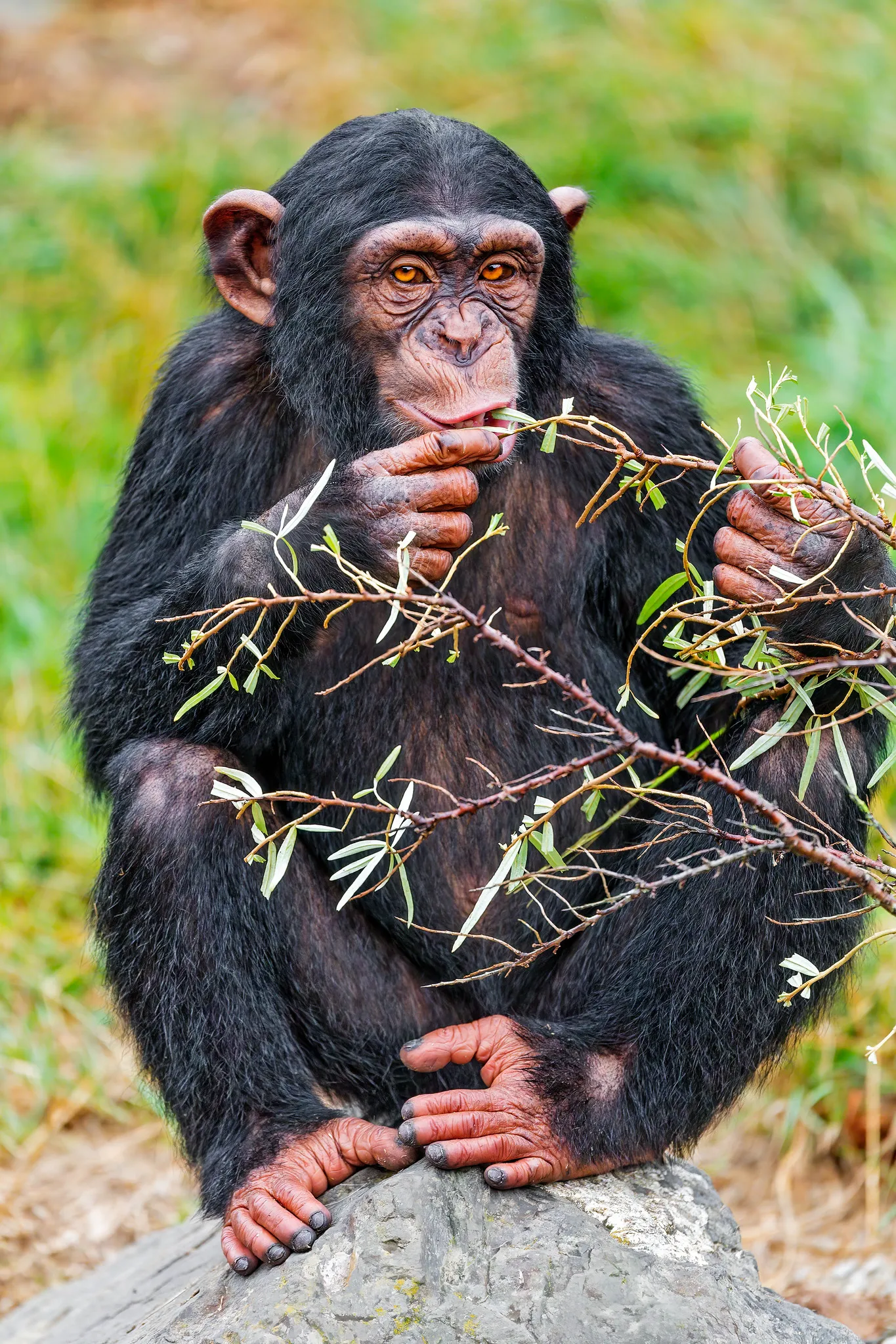
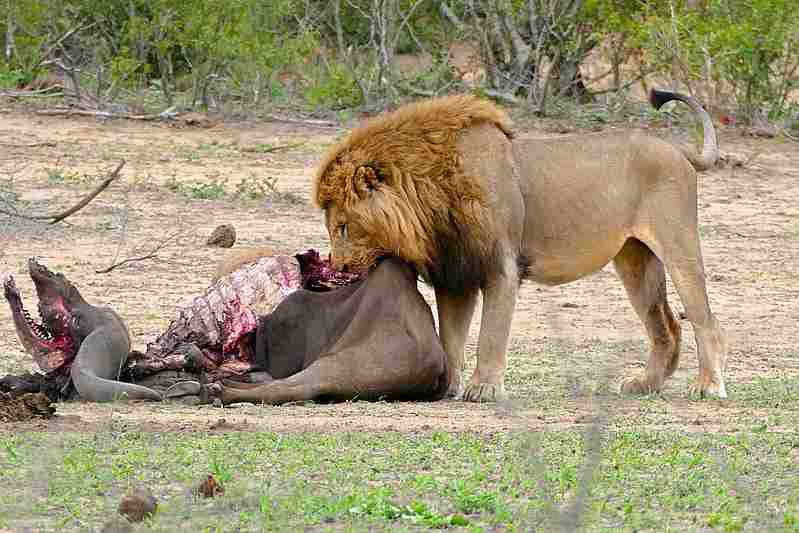
Chimpanzee:
Omnivorous diet, including fruits, leaves, insects, and occasionally small vertebrates.
Lion:
Carnivorous diet primarily consisting of large ungulates like wildebeest and zebras.
Comparison:
Chimpanzees are omnivores with a diverse diet, while lions are obligate carnivores.
Ecological Implications:
Differences in feeding contribute to their ecological roles, affecting vegetation dynamics and predator-prey relationships.
16. Intelligence
Chimpanzee:
Highly intelligent with advanced problem-solving abilities.
Tool use and complex social structures showcase cognitive prowess.
Lion:
Displays social intelligence within prides but exhibits simpler problem-solving abilities.
Comparison:
Chimpanzees demonstrate higher cognitive abilities than lions.
Ecological Implications:
Intelligence influences foraging strategies, communication, and adaptation to environmental challenges.
17. Social Behavior
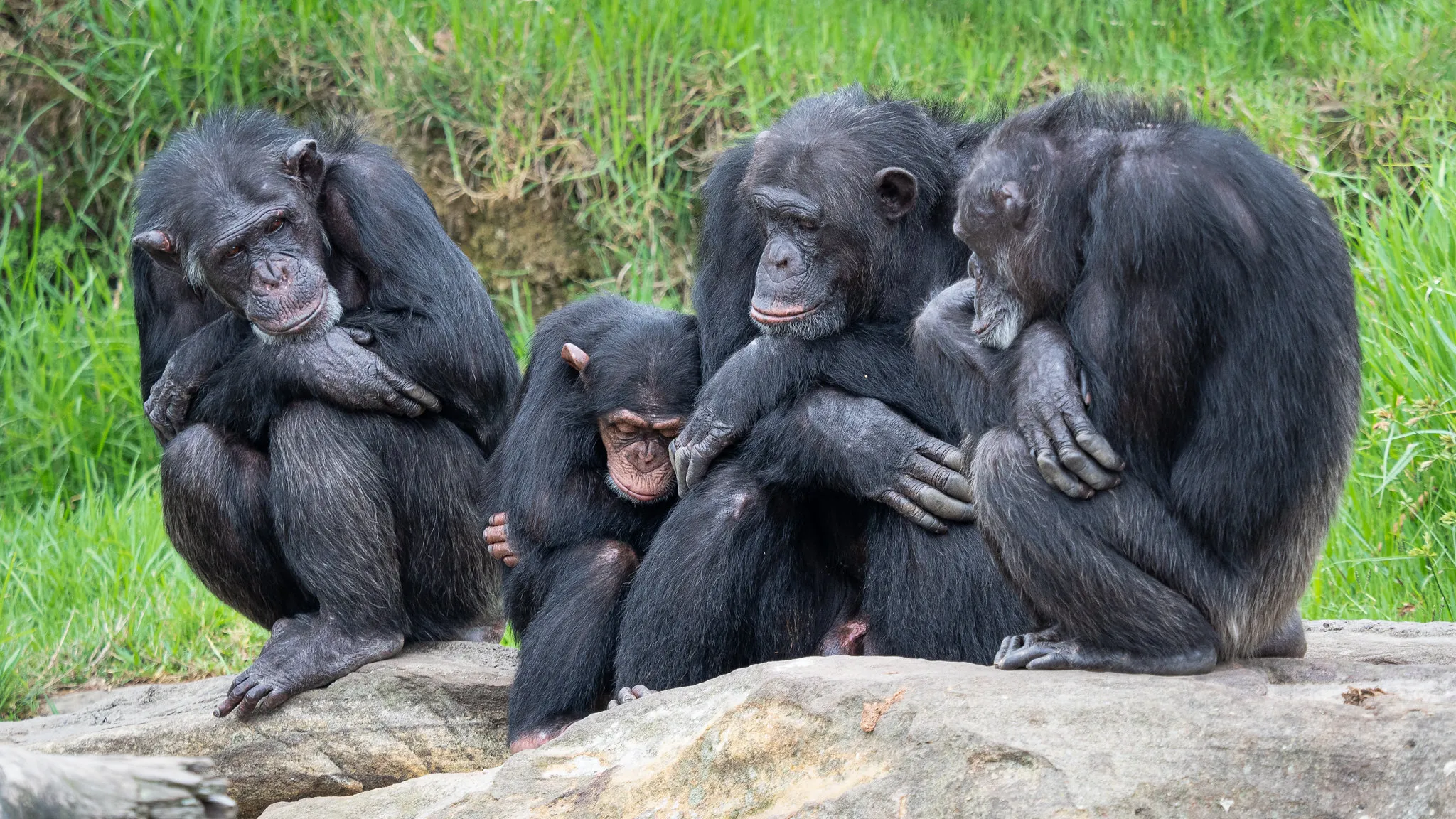
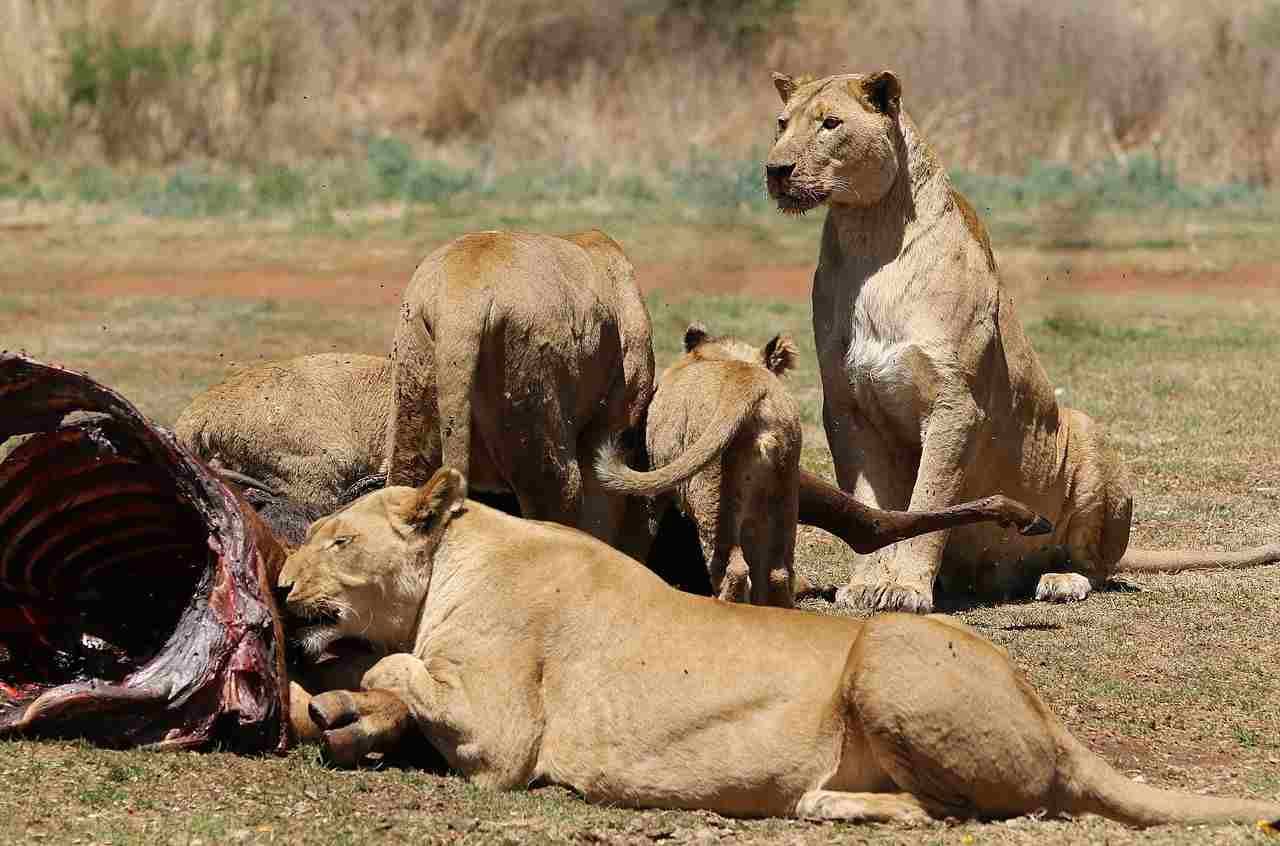
Chimpanzee:
Lives in communities led by an alpha male; strong social bonds and complex hierarchies.
Lion:
Exhibits social structure in prides, with cooperative hunting and communal parenting.
Comparison:
Both species display complex social behaviors, with variations in group dynamics.
Ecological Implications:
Social structures impact population dynamics, resource utilization, and cooperation in hunting or foraging activities.
18. Mode of Reproduction
Chimpanzee:
Polygamous mating system with multiple mates for both males and females.
Gestation period around 230 to 240 days.
Lion:
Polygamous mating system with dominant males having access to multiple females.
Gestation period around 100 to 110 days.
Comparison:
Both species exhibit polygamous mating, but the gestation periods and mating dynamics differ.
Ecological Implications:
Reproductive strategies influence population dynamics and genetic diversity within their ecosystems.
19. Parental Behavior
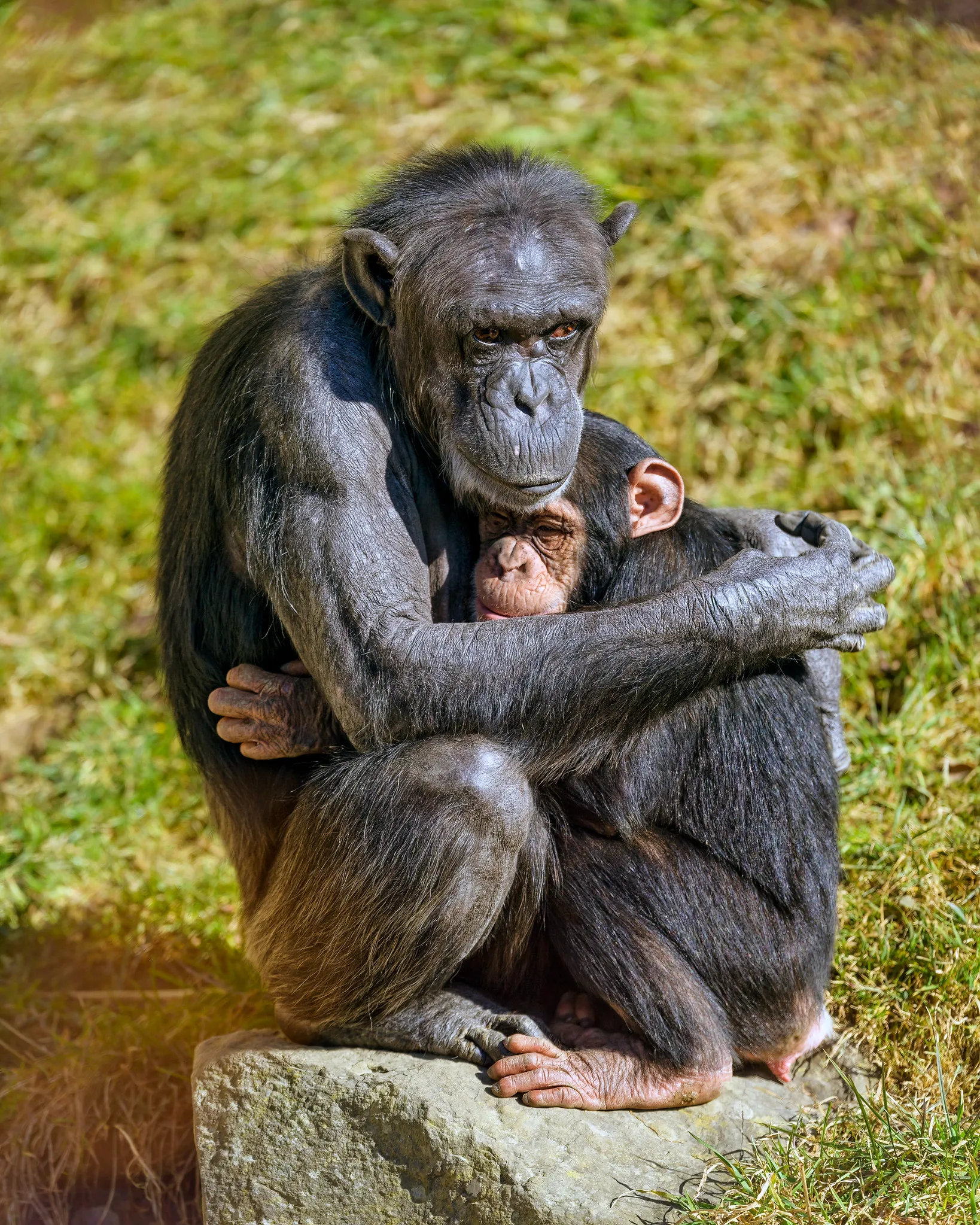
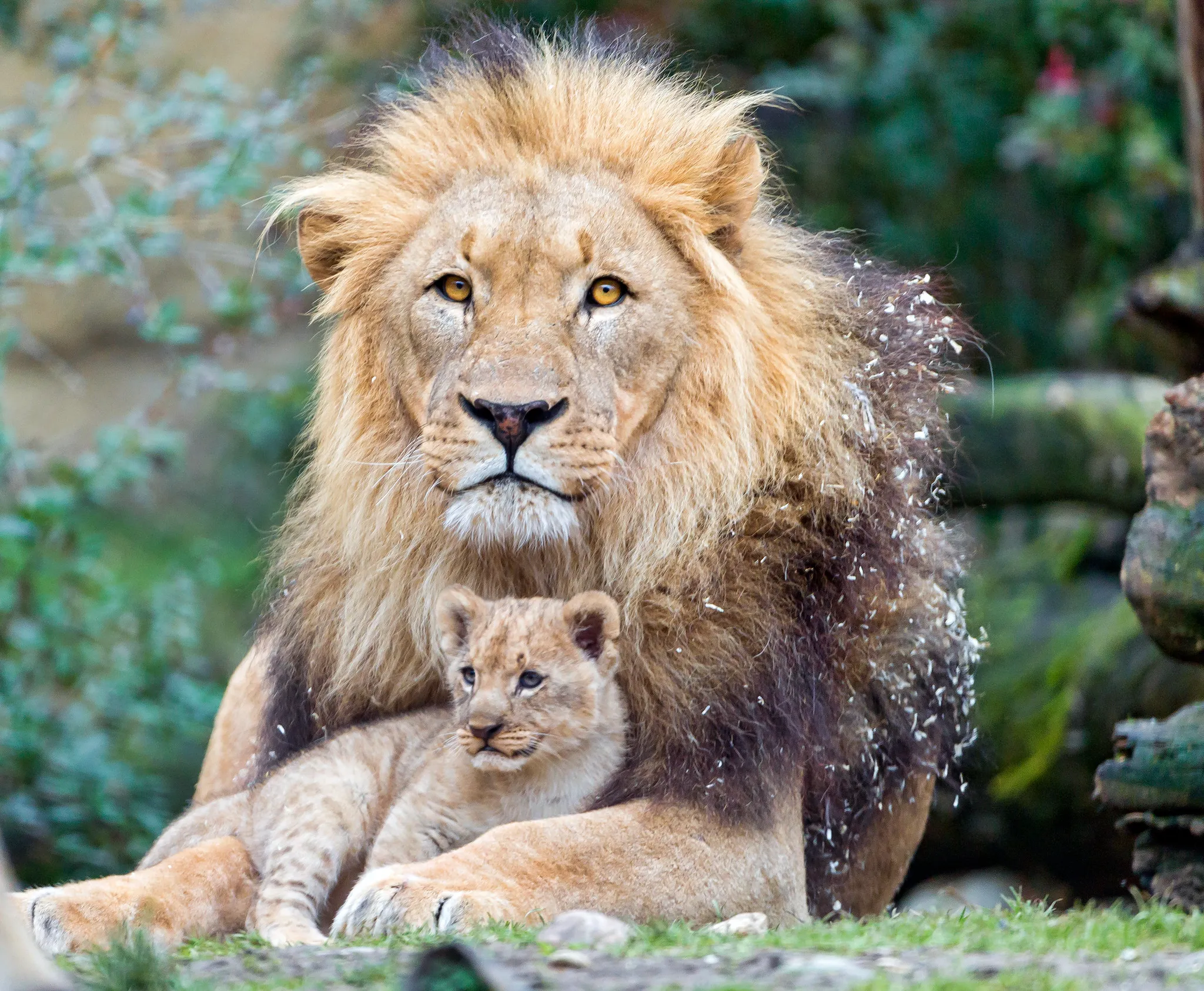
Chimpanzee:
Mothers provide extensive care to offspring, forming strong bonds.
Social learning and play contribute to the development of young chimpanzees.
Lion:
Cooperative parenting within prides, with multiple lionesses contributing to cub rearing.
Cubs are protected and nurtured within the pride.
Comparison:
While both species exhibit parental care, the dynamics and contributions vary.
Ecological Implications:
Parental behavior influences cub survival rates and contributes to the stability of populations.
20. Proximity to Human-Inhabited Areas
Chimpanzee:
Found in remote forested areas but increasingly affected by habitat loss and human encroachment.
Lion:
Historic range has diminished due to human expansion; found in some reserves and national parks.
Comparison:
Both species face challenges from human activities, impacting their distribution and survival.
Ecological Implications:
Human proximity raises conservation concerns and requires management strategies to mitigate conflicts.
21. Behavior Toward Humans
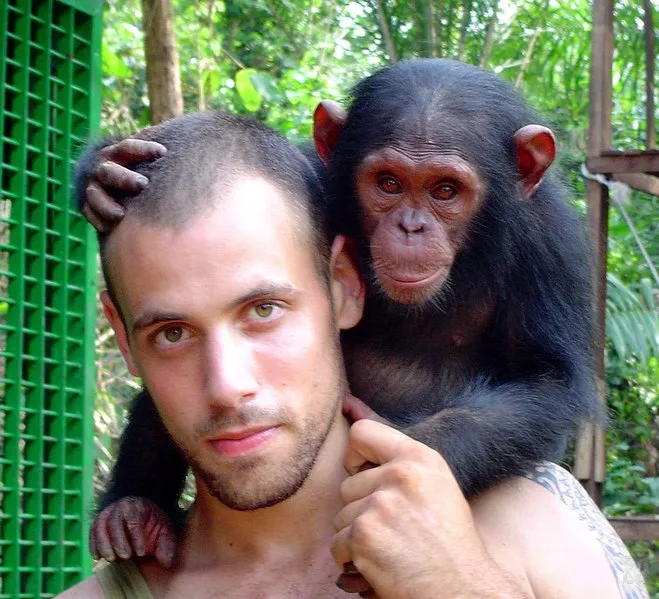
Chimpanzee:
Generally wary of humans but may display aggressive behavior if threatened.
Known to interact with humans in research settings.
Lion:
Wild lions tend to avoid humans, but conflict may arise in shared landscapes.
Captive lions may display varying behaviors towards humans.
Comparison:
Both species exhibit a cautious approach to humans, but the context and responses differ.
Ecological Implications:
Human-wildlife interactions impact conservation efforts, with implications for both species and local communities.
22. Danger Posed to Humans
Chimpanzee:
While generally not considered dangerous, wild chimpanzees can become aggressive if they feel threatened.
Known cases of attacks on humans, particularly in situations of close contact or if they perceive a threat to their group.
Lion:
Wild lions, especially in certain situations like human-wildlife conflict, can pose a significant threat to humans.
Lions are powerful predators, and attacks on humans, although rare, can occur.
Comparison:
Both species can pose risks to humans, with specific contexts influencing the likelihood of aggression.
Ecological Implications:
Understanding potential dangers is crucial for human safety and wildlife conservation.
23. Associated Precautions
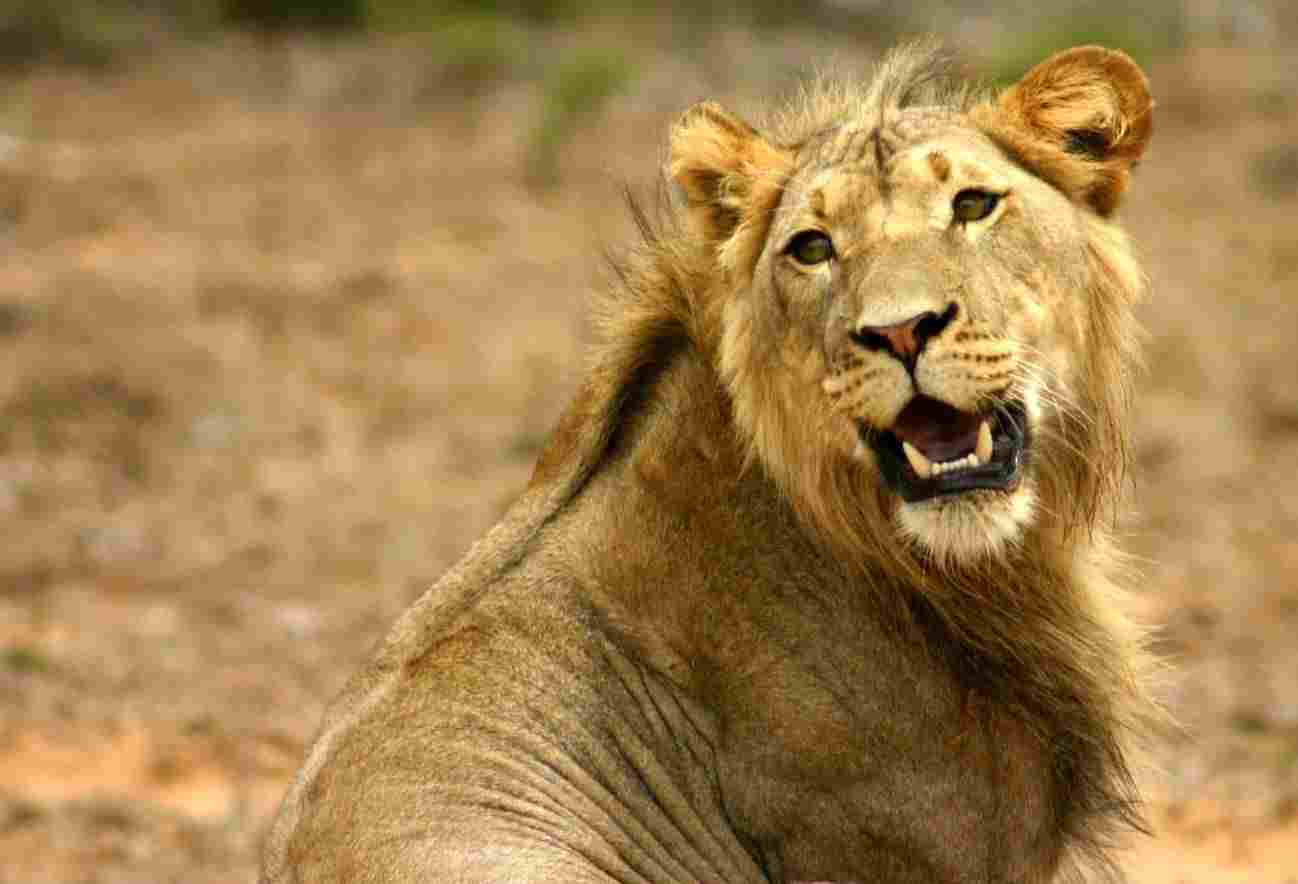
Chimpanzee:
Precautions involve maintaining a respectful distance in the wild.
Researchers and tourists are advised to follow ethical guidelines to avoid provoking aggressive behavior.
Lion:
Precautions include responsible wildlife viewing and adherence to safety protocols in areas where lions are present.
Proper management of wildlife reserves to minimize human-lion conflicts.
Comparison:
Both species require cautious human interaction, with specific guidelines for safety and conservation.
Ecological Implications:
Responsible behavior mitigates potential risks, promoting coexistence between humans and wildlife.
24. Conservation Status
Chimpanzee:
Classified as endangered due to habitat loss, hunting, and disease threats.
Conservation efforts focus on protecting their habitats and addressing human-chimpanzee conflict.
Lion:
Classified as vulnerable, with populations decreasing primarily due to habitat loss, human-wildlife conflict, and poaching.
Conservation strategies include protected areas, anti-poaching measures, and community engagement.
Comparison:
Both species face conservation challenges, with habitat preservation and human-wildlife conflict resolution crucial for their survival.
Ecological Implications:
Conservation efforts contribute to maintaining biodiversity and ecosystem health.
*Summary of Comparison
Taxonomy:
Chimpanzee: Order Primates, Family Hominidae, Genus Pan, Species P. troglodytes.
Lion: Order Carnivora, Family Felidae, Genus Panthera, Species P. leo.
Appearance:
Chimpanzee: Coarse black hair, human-like face, expressive eyes.
Lion: Golden-yellow fur, distinctive mane in males, robust body.
Size:
Chimpanzee: 3-4 feet tall, 70-130 pounds.
Lion: Females 3-4 feet, males 4.5-6.5 feet tall, 220-420 pounds.
Weight:
Chimpanzee: 60-130 pounds.
Lion: Females 220-310 pounds, males 265-420 pounds.
Dentition and Bite Force (PSI):
Chimpanzee: Omnivorous dentition, ~1,000 PSI.
Lion: Carnivorous dentition, 650-700 PSI.
Physical Offensive Advantages:
Chimpanzee: Agility, tool use.
Lion: Strong jaws, cooperative hunting.
Physical Defensive Advantages:
Chimpanzee: Climbing, social structure.
Lion: Retractable claws, group defense.
Speed:
Chimpanzee: Up to 40 km/h.
Lion: 50-65 km/h.
Agility:
Chimpanzee: Tree-climbing, nimble on the ground.
Lion: Swift maneuvers for hunting.
Senses:
Both: Excellent eyesight, acute hearing, developed sense of touch or smell.
Overall Physical Capacity:
Chimpanzee: Adaptable, tool use.
Lion: Specialized for terrestrial hunting, cooperative strategies.
Habitat Preference(s) and Geographic Region:
Chimpanzee: Rainforests, Central and West Africa.
Lion: Grasslands, savannas, Africa, and historically in parts of Asia.
Tracks:
Chimpanzee: Hand-like footprints, opposable big toes.
Lion: Paw prints, retractable claws.
Lifespan:
Chimpanzee: 40-60 years.
Lion: 10-14 years.
Mode of Feeding:
Chimpanzee: Omnivores, diverse diet.
Lion: Carnivores, primarily large ungulates.
Intelligence:
Chimpanzee: Highly intelligent, tool use.
Lion: Social intelligence, simpler problem-solving.
Social Behavior:
Chimpanzee: Communities, complex hierarchies.
Lion: Prides, cooperative hunting.
Mode of Reproduction:
Both: Polygamous mating, varying gestation periods.
Parental Behavior:
Chimpanzee: Extensive maternal care, social learning.
Lion: Cooperative parenting in prides.
Proximity to Human-Inhabited Areas:
Both: Affected by human activities, leading to habitat loss and conflicts.
Behavior Toward Humans:
Both: Cautious approach, potential risks in certain contexts.
Danger Posed to Humans:
Both: Can pose risks, influenced by specific circumstances.
Associated Precautions:
Both: Require responsible interaction, following safety guidelines.
Conservation Status:
Chimpanzee: Endangered.
Lion: Vulnerable.
Conclusion
I. Similarities
Both chimpanzees and lions play integral roles in their ecosystems as predators and contributors to biodiversity.
Face conservation challenges, including habitat loss and human-wildlife conflict.
II. Differences
– Divergent ecological niches, with chimpanzees thriving in forests and lions in savannas. – Varied social structures, reproductive strategies, and interactions with humans distinguish their ecological roles.
